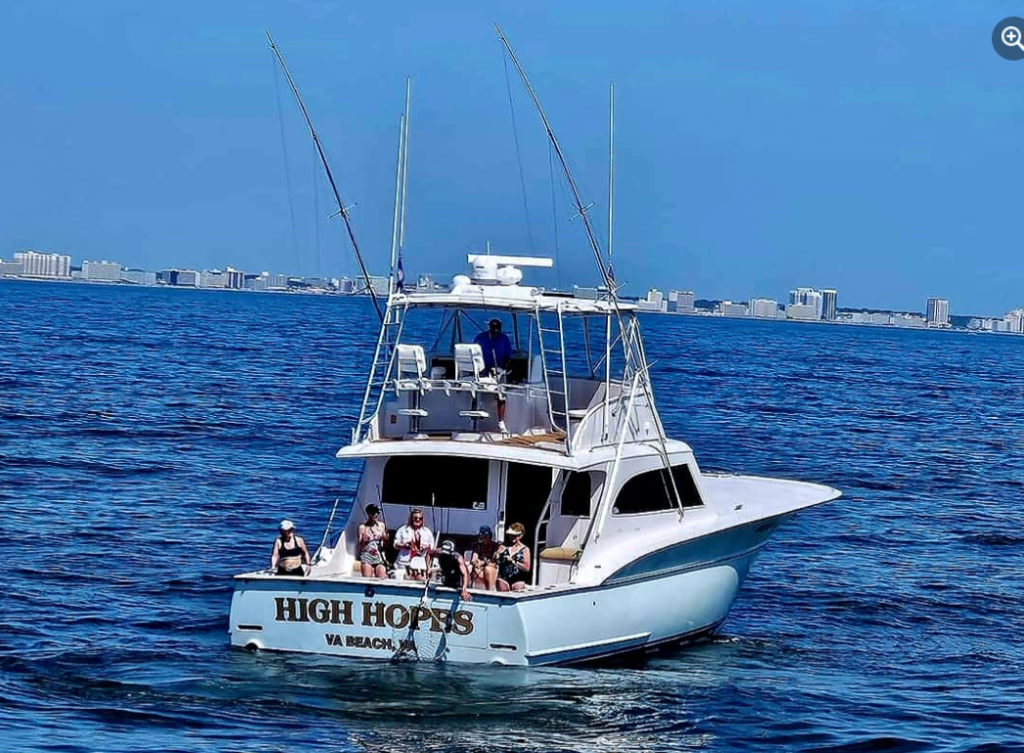
As we cast our lines and reflect on the freedom to enjoy the bountiful waters of Virginia, let’s take a moment this 4th of July to honor the brave souls who have made such liberties possible. From the serene shores of the Chesapeake Bay to the flowing currents of the Gulfstream, every catch is a tribute to the spirit of independence that we celebrate. May our gratitude for the sacrifices that protect our nation be as deep as the waters we fish in. Happy Independence Day!
As the July 4th heat intensifies, so does the action in the deep blue waters off the coast of Virginia Beach. The offshore bluewater fishing scene is about to go on an upswing, promising an exciting peak season in the months of July and August. Anglers aboard local charters will be reeling in an impressive array of game fish, from acrobatic blue and white marlins to the formidable yellowfin tuna, along with the swift wahoo and the vibrant gaffer dolphin.
The anticipation builds as marlin encounters are expected to surge, aligning perfectly with the 51st White Marlin Open in Ocean City Maryland, featuring a World Record $10.5 Million Payout. And the prestigious Virginia Beach Billfish Tournament slated for August 21st-24th. The marlin, a prized catch for sport fishermen, will continue to provide thrilling action well into September, ensuring the season’s momentum carries forward.
Meanwhile, deep droppers are being rewarded with bountiful catches of tilefish and sea bass, adding to the diverse offerings of the region’s offshore waters.
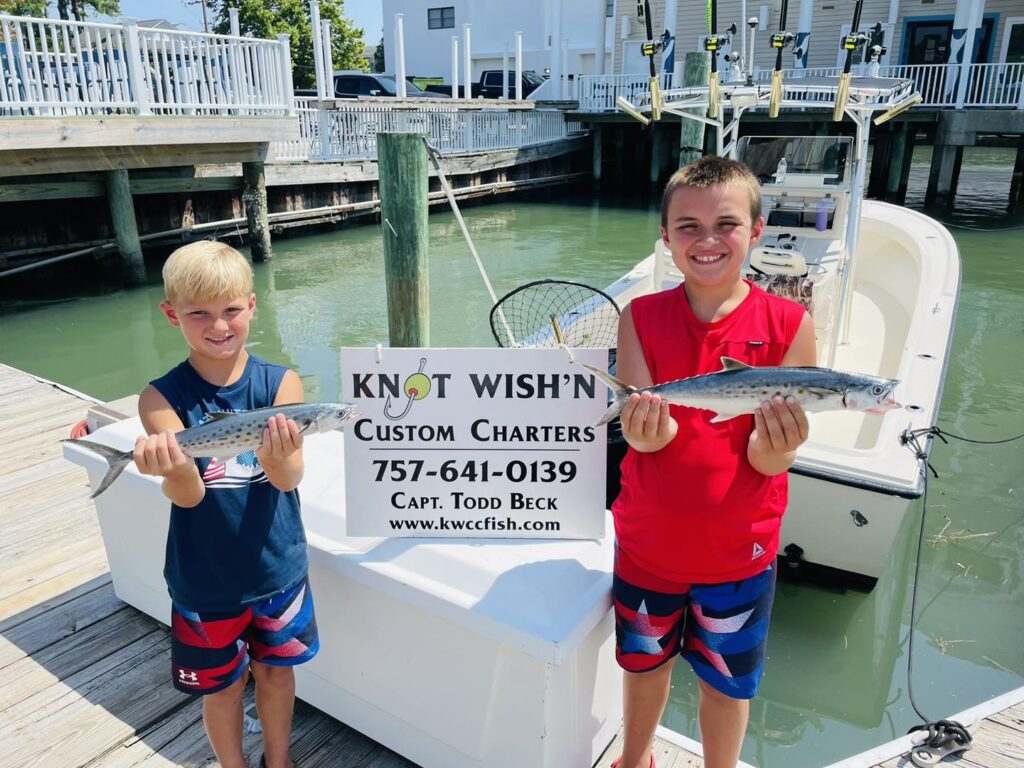
A resurgence in spanish mackerel has been noted along the oceanfront and in the lower bay. These swift and tasty fish are a favorite among locals and visitors alike.
The spadefish, an often overlooked but challenging catch, can be found near buoys, the pilings of the Chesapeake Bay Bridge-Tunnel (CBBT), and the Chesapeake Light Tower, offering another target.
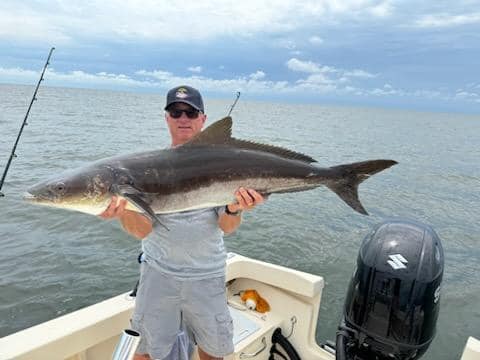
Wes Blow, nice cobia!
The cobia, a species that commands the attention of anglers with its impressive size and fighting prowess, is currently at the center of the fishing community’s focus. Early in the season, the lower bay is already witnessing substantial catches, a trend that is expected to expand throughout the bay as the season progresses. The technique of chumming has proven effective in attracting these giants, while sight casting is gaining favor as a method that often outperforms traditional bottom fishing. Live bait such as Spot, Croaker, and eels, along with bucktails, are the lures of choice for both sight casters and those fishing from anchored positions.
Sheepshead fishing is also experiencing a boom, with anglers enjoying a robust bite around structures using crabs, clams, and sand fleas. These fish, with their distinctive black and white stripes, show a preference for hard cover, particularly rocky environments.
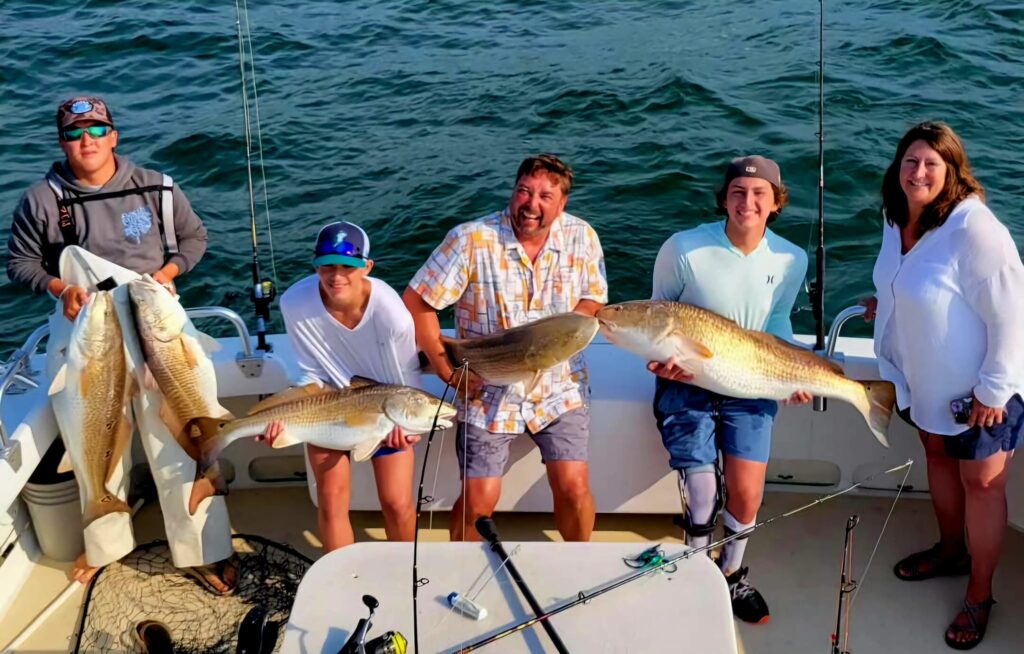
AquaMan Charters strikes gold before 9 AM!!!
The big red drum continues to thrive in the lower Bay and along the ocean front, these majestic fish are a sight to behold when caught. Anglers have been casting to huge schools on the surface.
The Chesapeake Bay Bridge-Tunnel (CBBT) and its surrounding waters are witnessing an increase in flounder catches, signaling a boon for anglers in pursuit of this flatfish. The flounder, a species that thrives around hard structures, has been found in abundance along the CBBT, inshore wrecks, and artificial reefs throughout the lower bay and the coast. Anglers’ adept at jigging prefer this method over the cover to avoid snags, and the results are impressive, especially for those targeting large flounder. The Eastern Shore’s seaside, particularly the Chincoteague area, is also emerging as a hotspot for flounder fishing.
The coastal wrecks, not to be outdone, are teeming with bluefish, amberjacks, and triggerfish. Ocean wrecks are currently the go-to locations for sea bass, with the season open until July 15, followed by a reopening on August 4 through the end of the year.
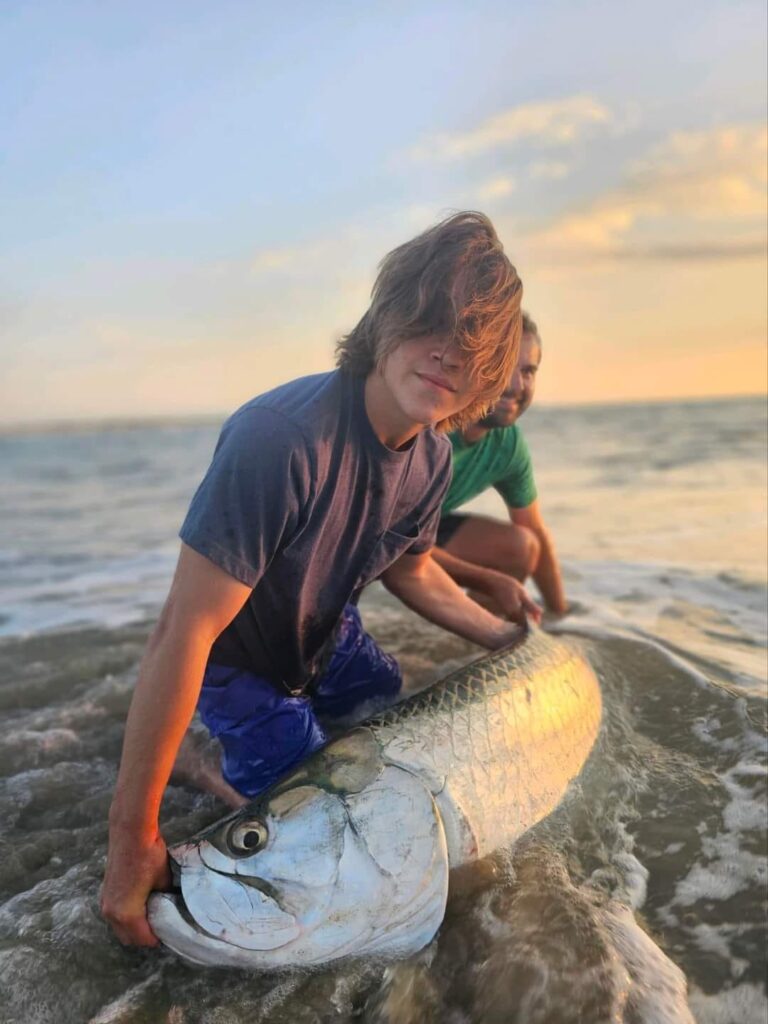
Elliot from Kentucky caught and safety released this 68” NC Tarpon at the point, Hatteras.
Pier and surf fishing enthusiasts are not left behind, with reports of bluefish, Spanish mackerel, flounder, croaker, sea mullet, and small spot being caught. From Sandbridge Va to Hatteras NC, surf anglers are experiencing the thrill of reeling in puppy drum, sea mullet, and bluefish. A beautiful Tarpon was safely caught and released in the Hatteras surf.
Up the bay, Deltaville continues its legacy as a prolific spot for spot and croaker fishing. Meanwhile, Spanish mackerel are dispersed across the bay, with anglers finding success trolling spoons from the bridge tunnel to the Potomac River entrance. Notably, sizable bluefish, measuring 25-30 inches, are being caught within the bay.
Speckled trout are also making a strong showing in many bay tributaries, from the bay’s entrance to the Potomac River anglers are finding success with paddle tail swim baits, popping corks with shrimp offerings, and topwater baits.
This surge in diverse catches highlights the richness of the bay’s marine life and the opportunities it presents for recreational sport fishing. The variety of species and the techniques employed by anglers underscore the bay’s status as a premier fishing destination, promising rewarding experiences for those who cast their lines into its waters. Whether you’re a seasoned angler or a novice, the Chesapeake Bay and its adjacent coastal waters offer a fishing adventure like no other.
So grab your gear, and let’s fish!
VBSF reports brought to you by Long Bay Pointe Bait and Tackle. Long Bay Pointe Marina and Coastal Fiberglass.
VBSF RUDEE INLET CHARTER BOATS 2024
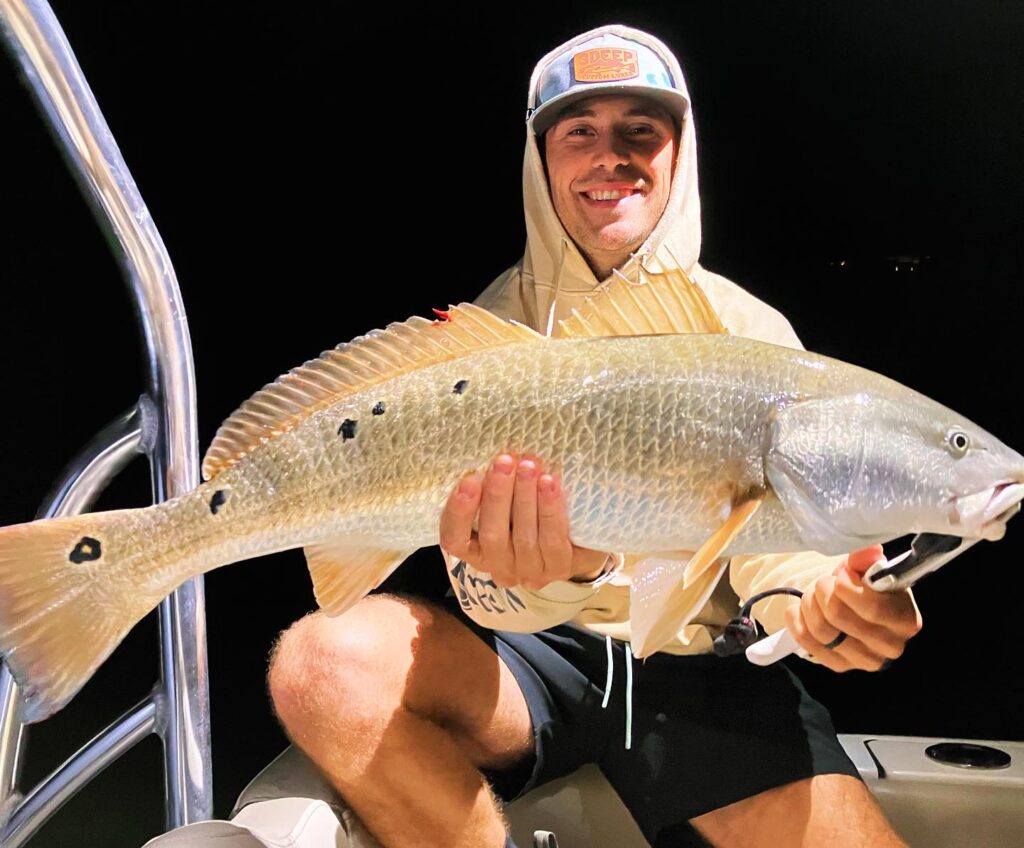
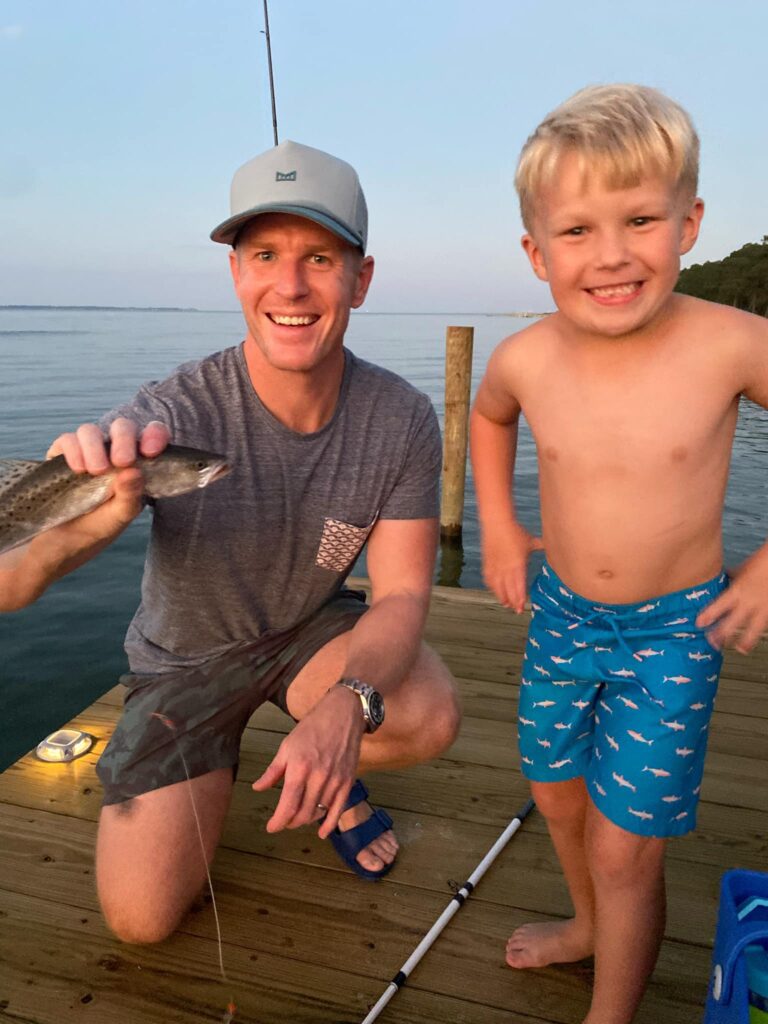
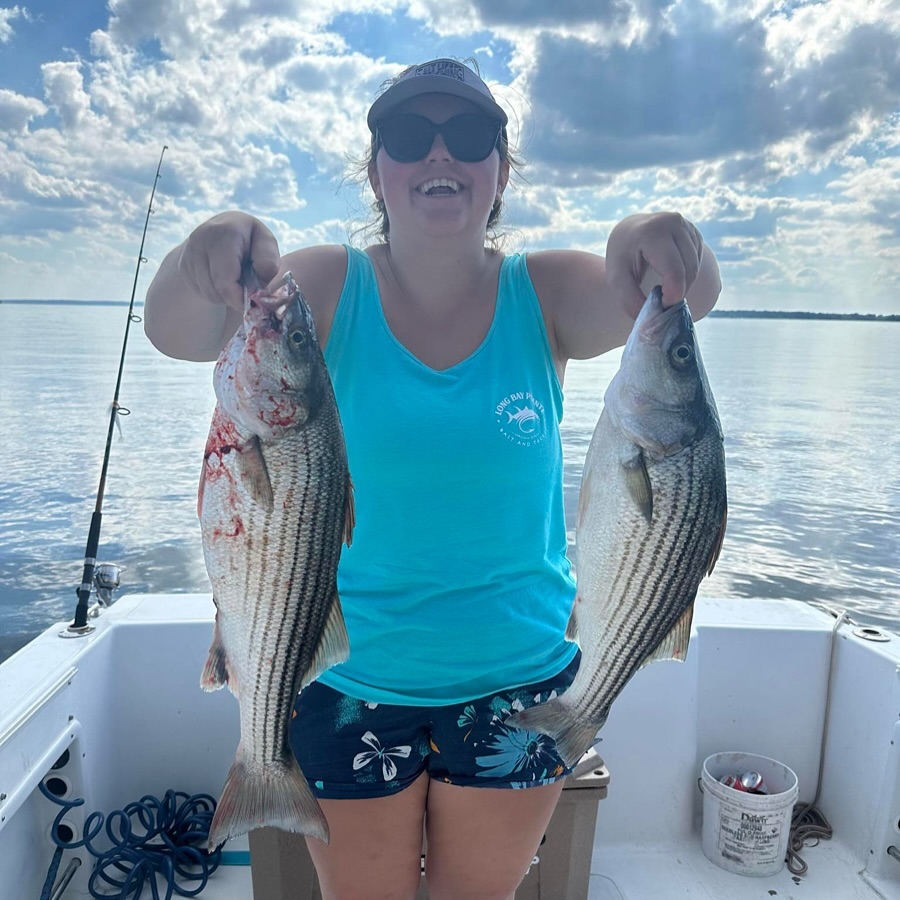
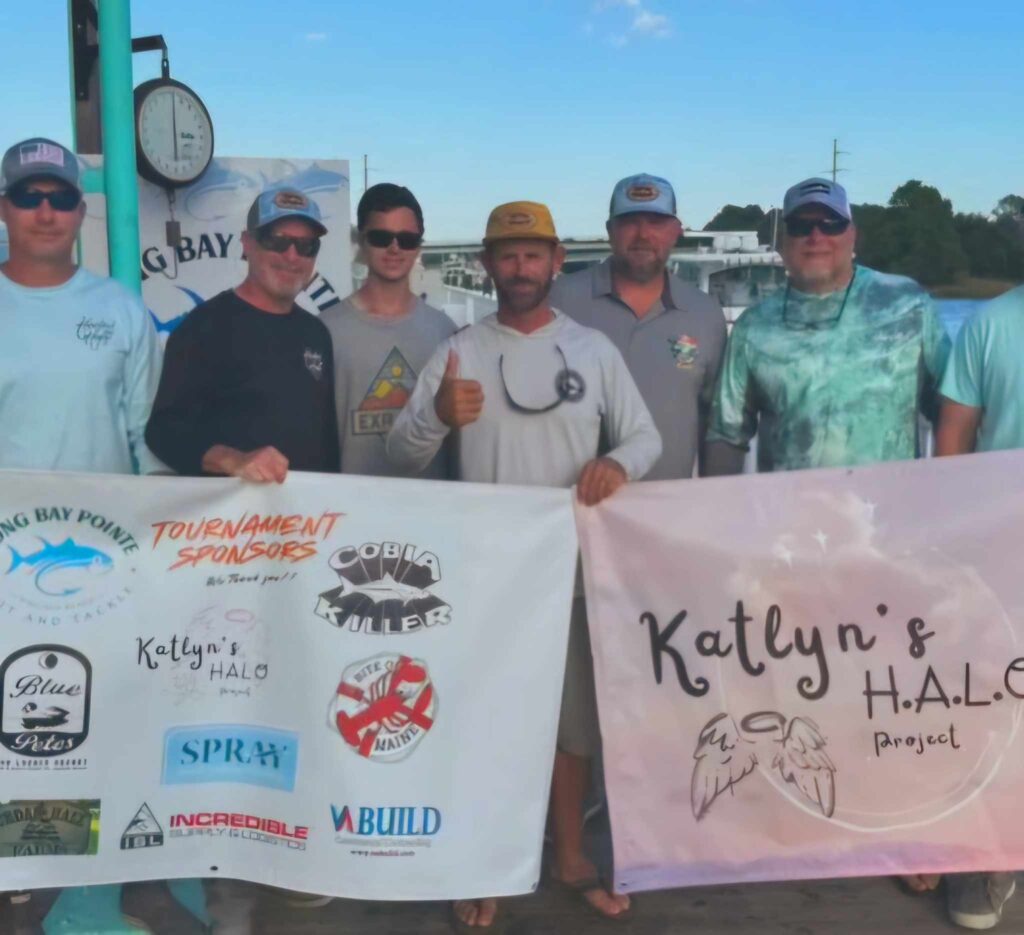

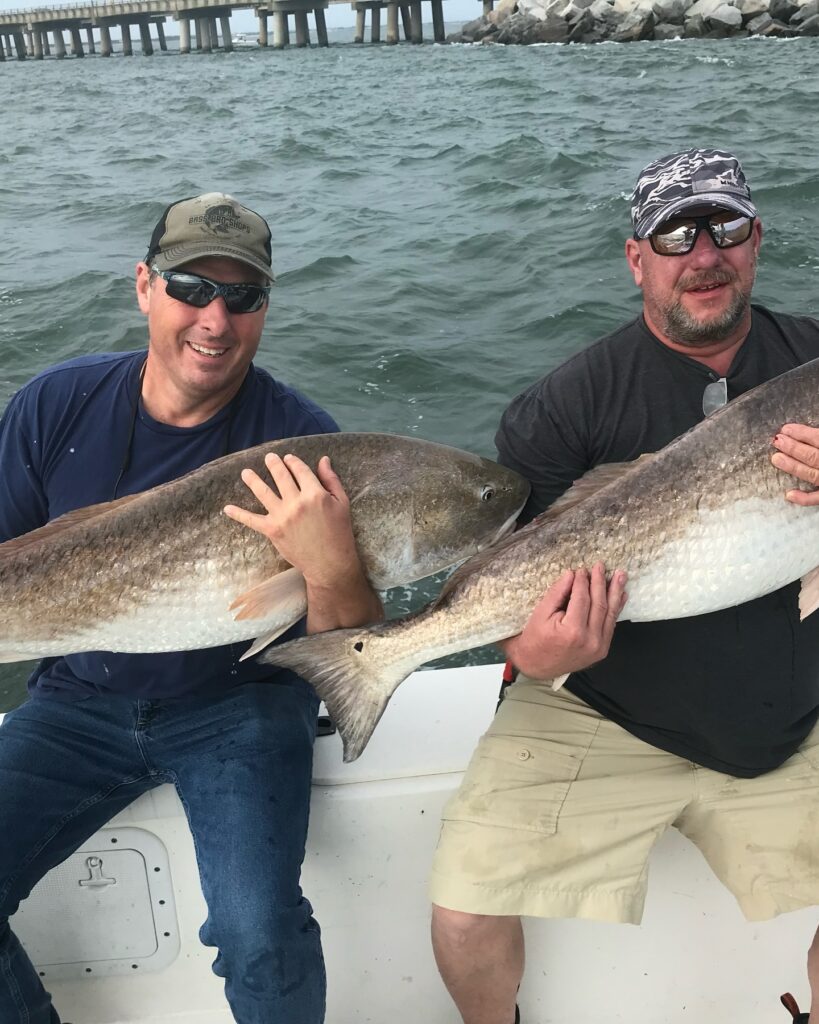
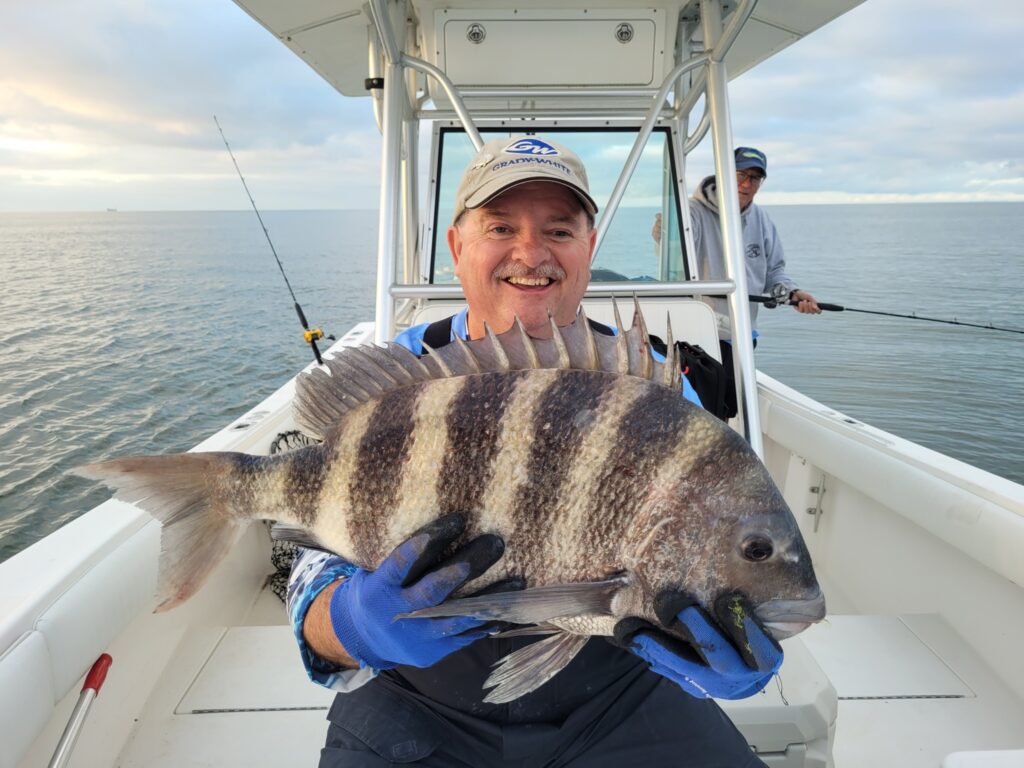
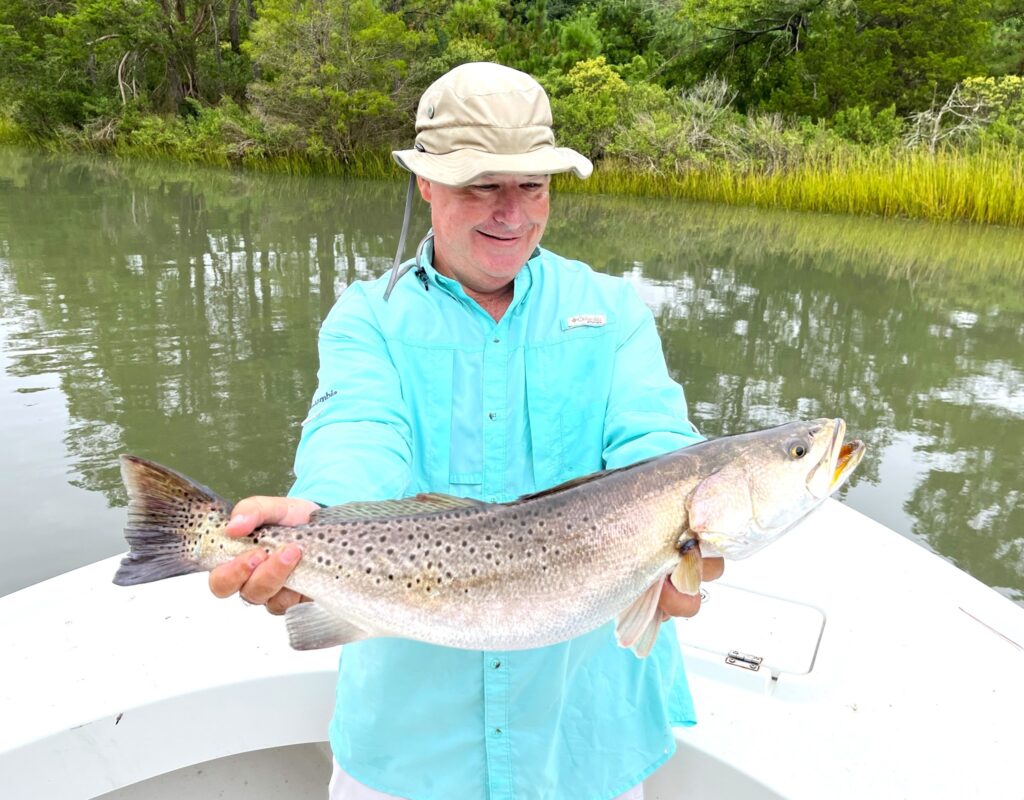
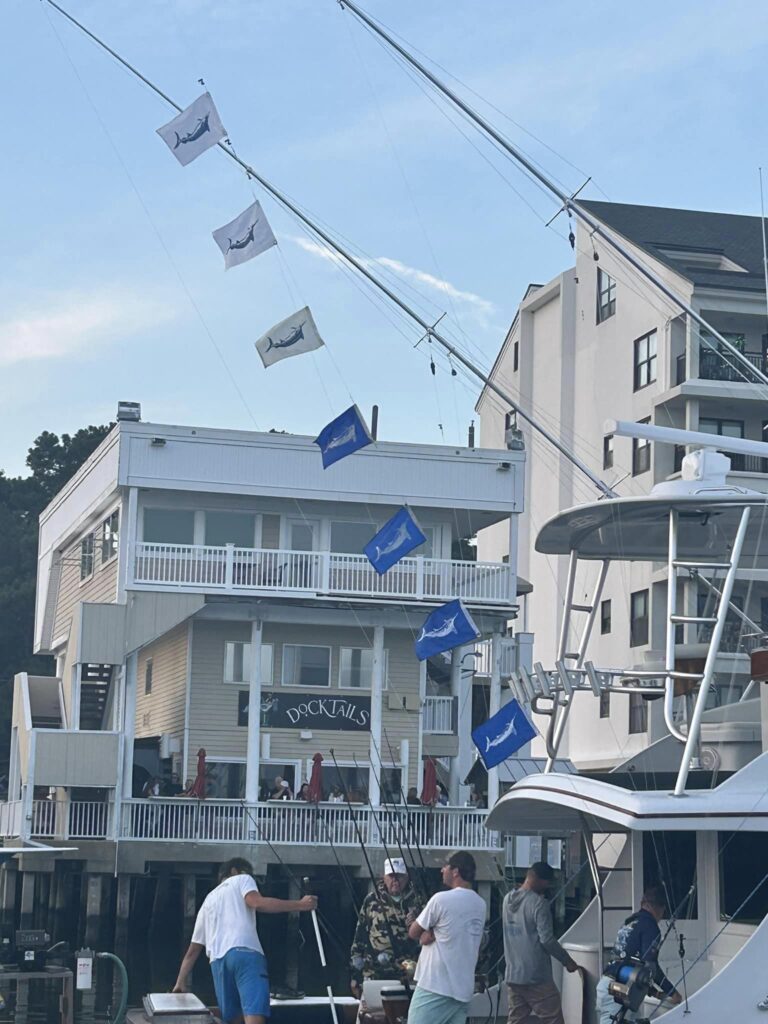
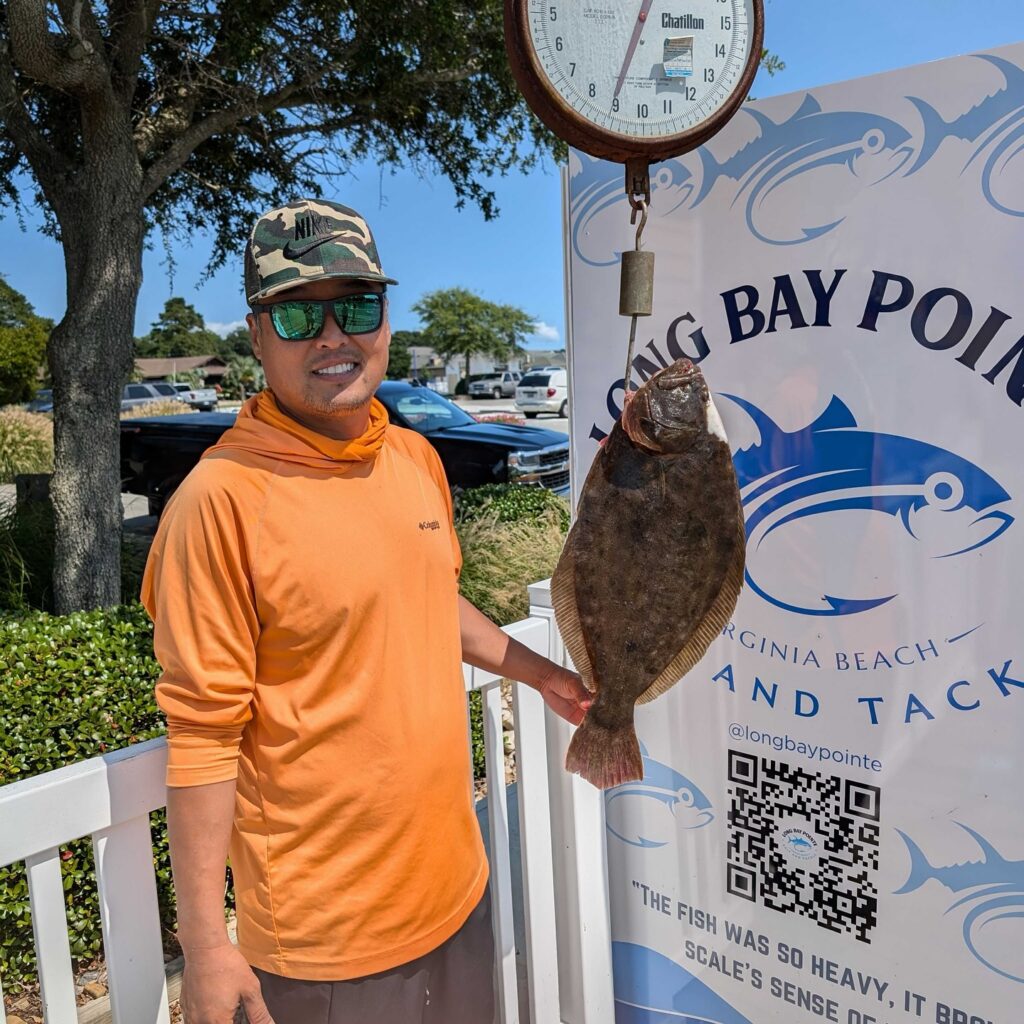
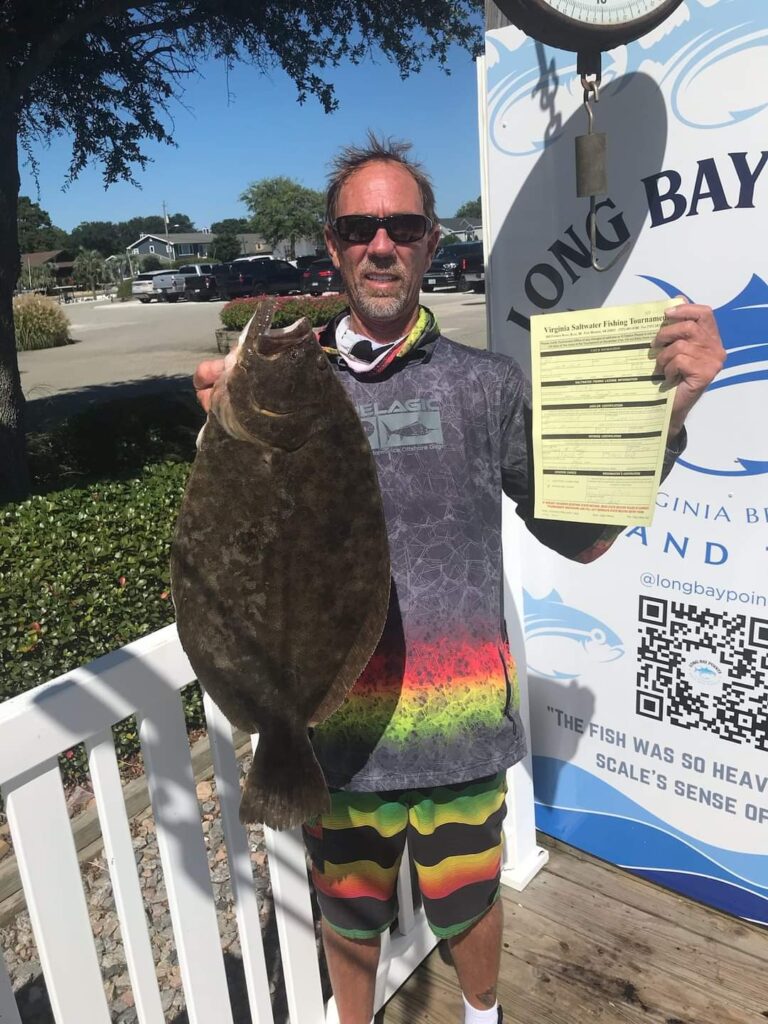
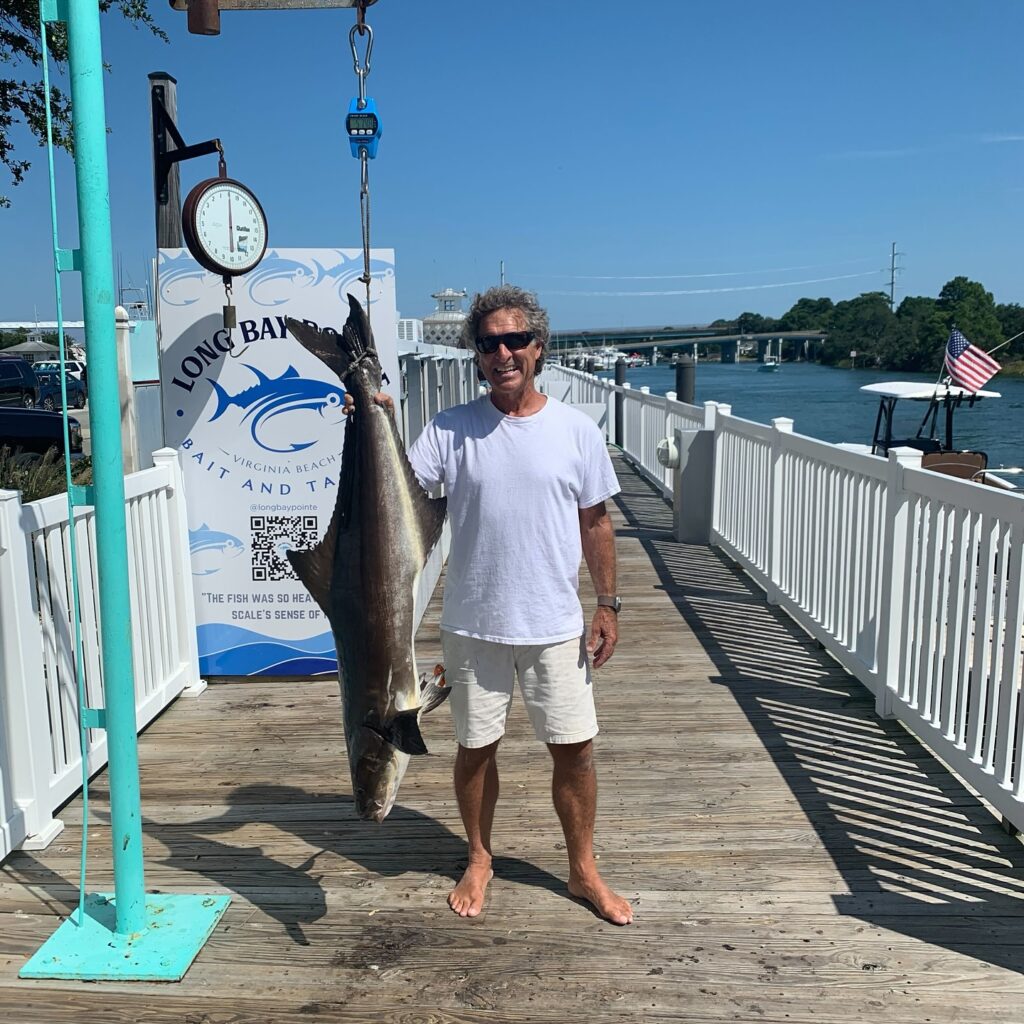
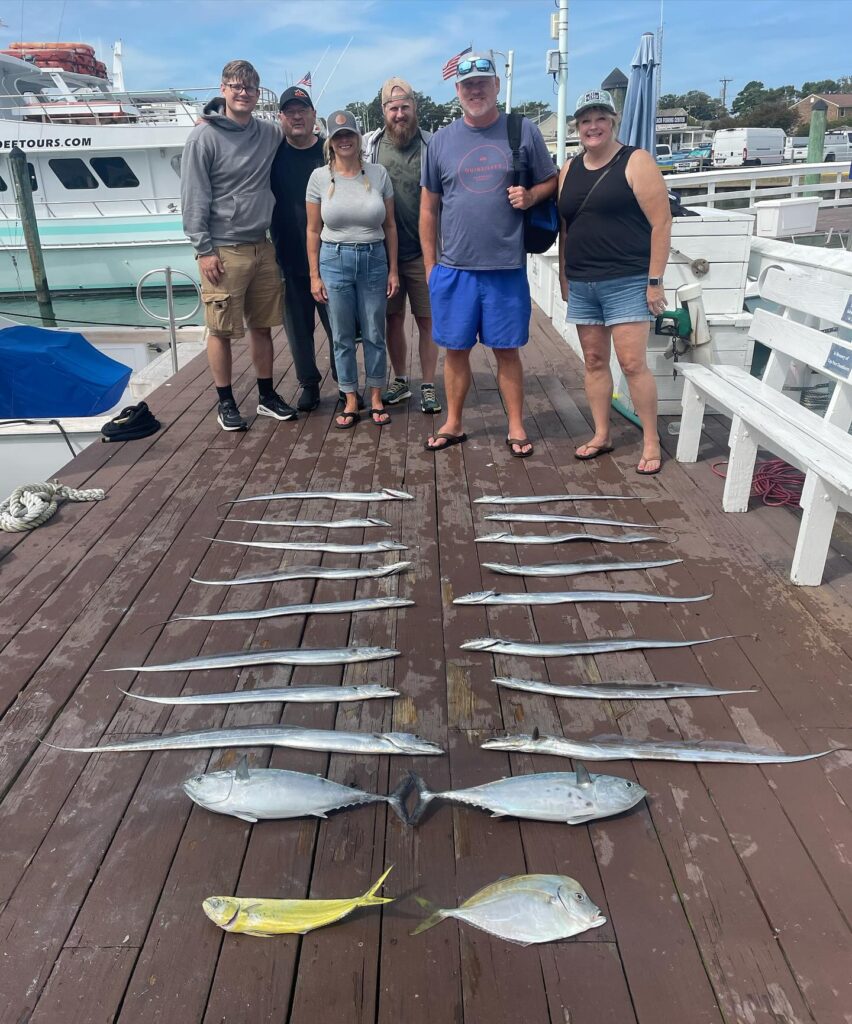
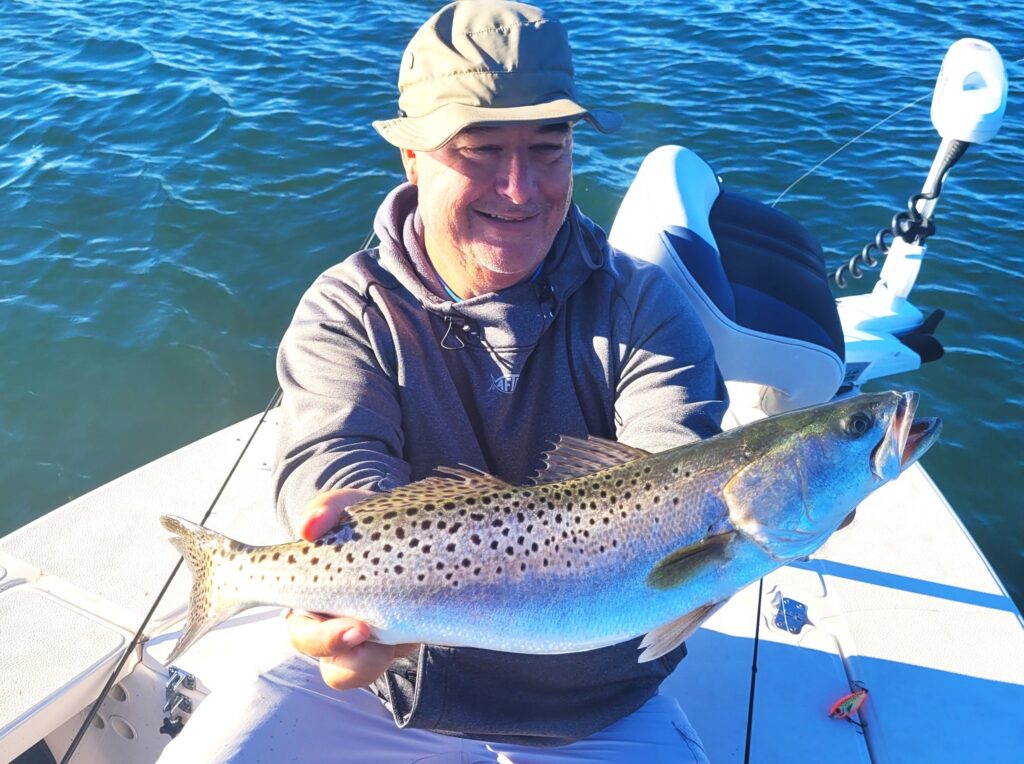
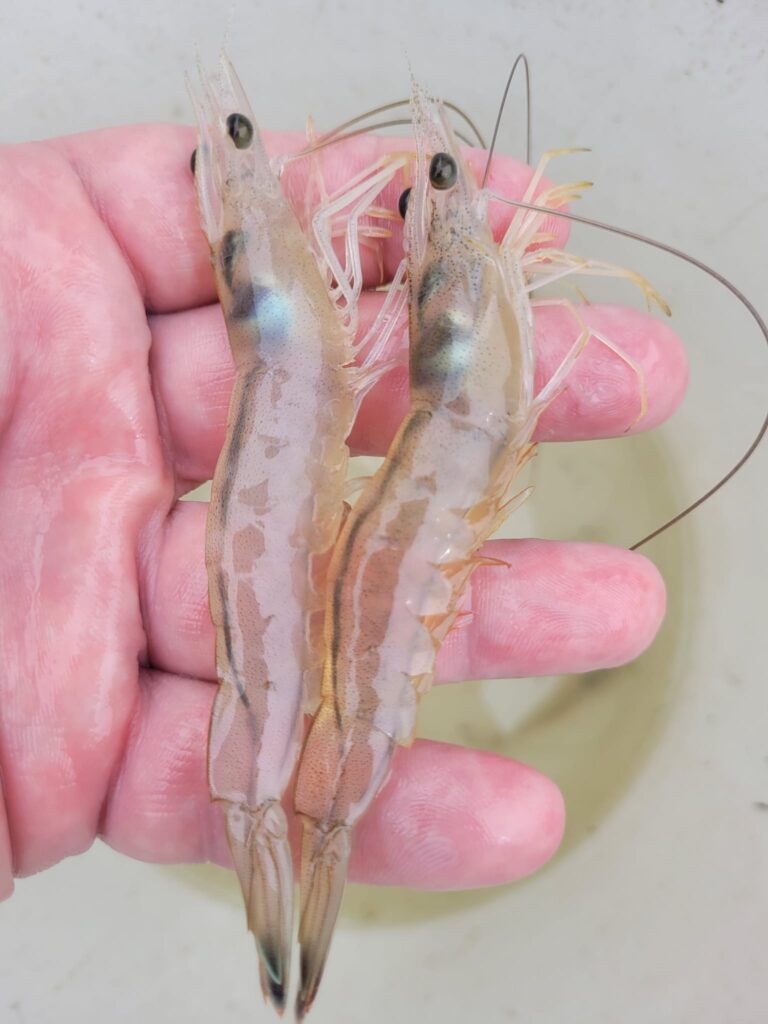
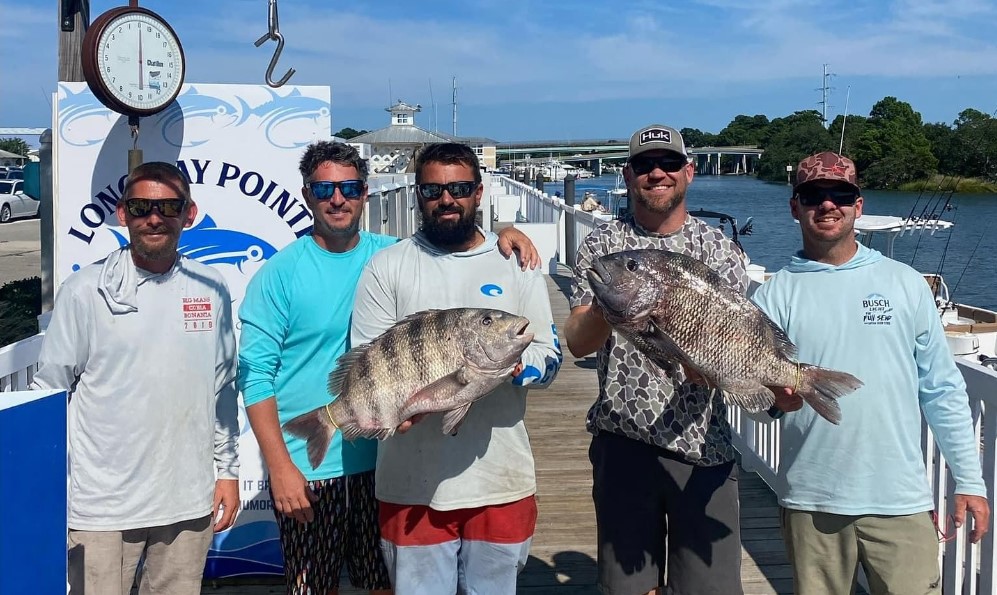
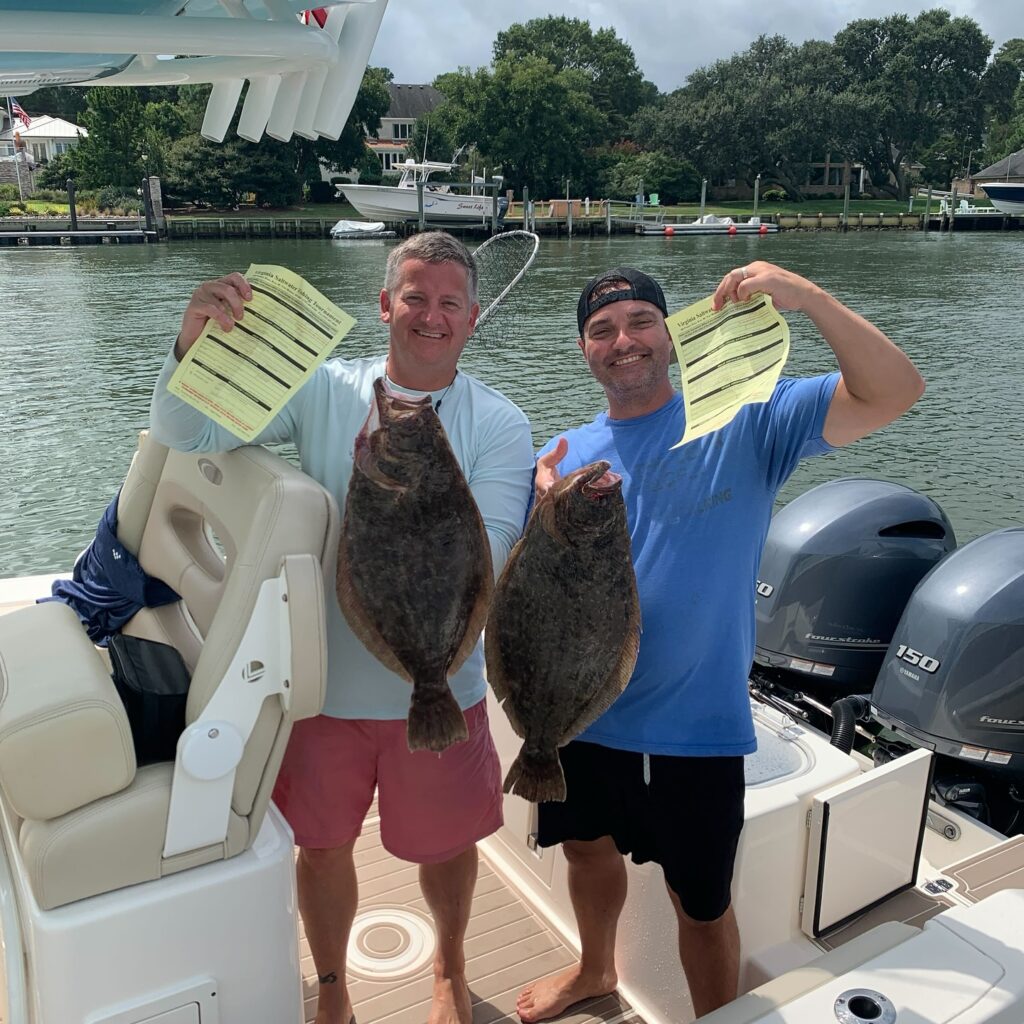
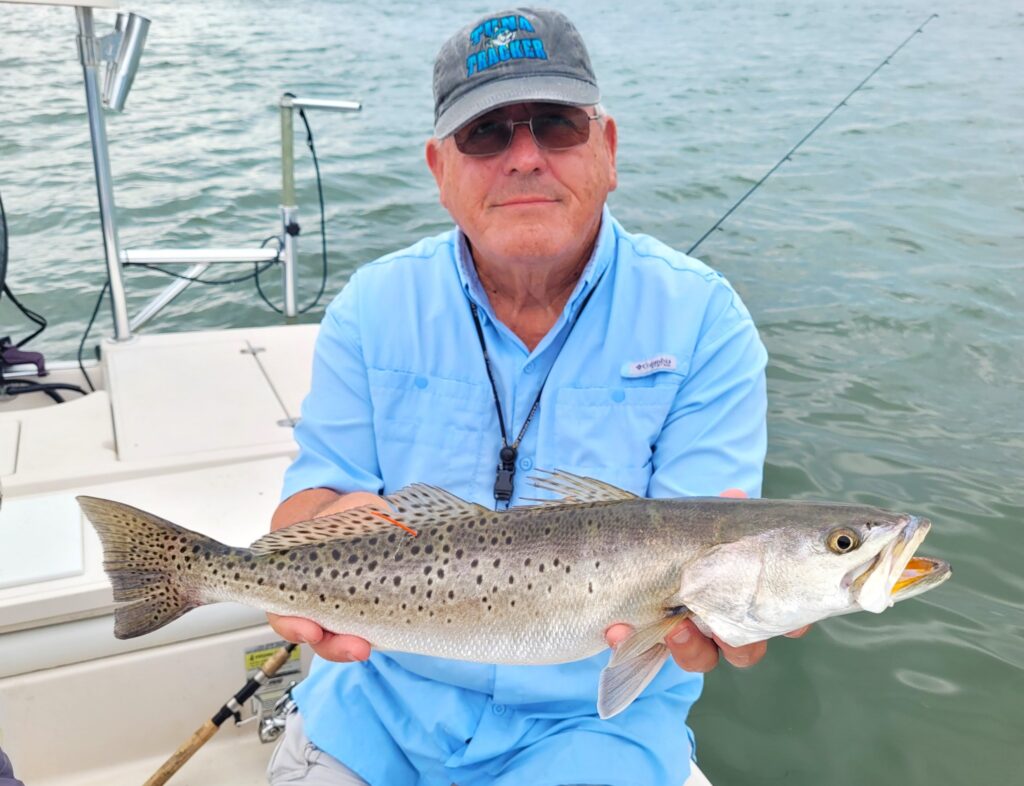
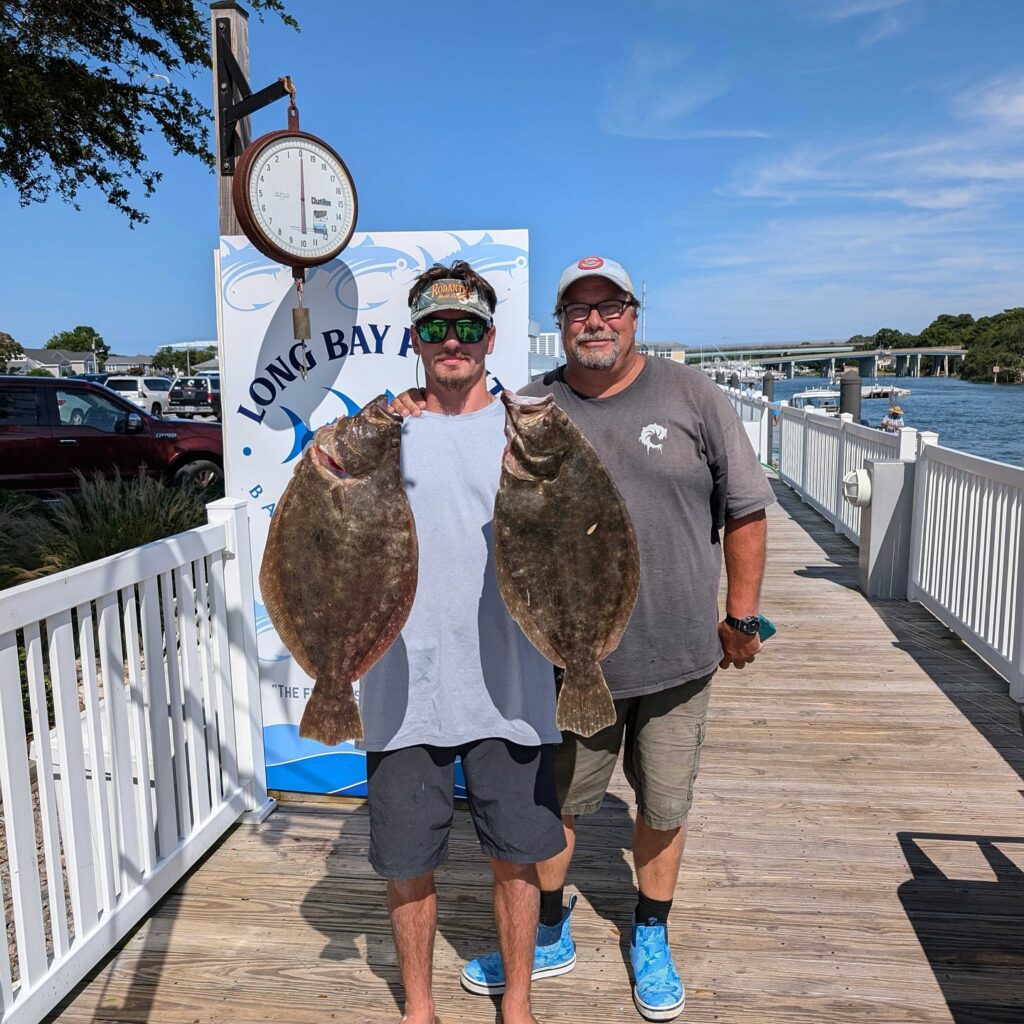
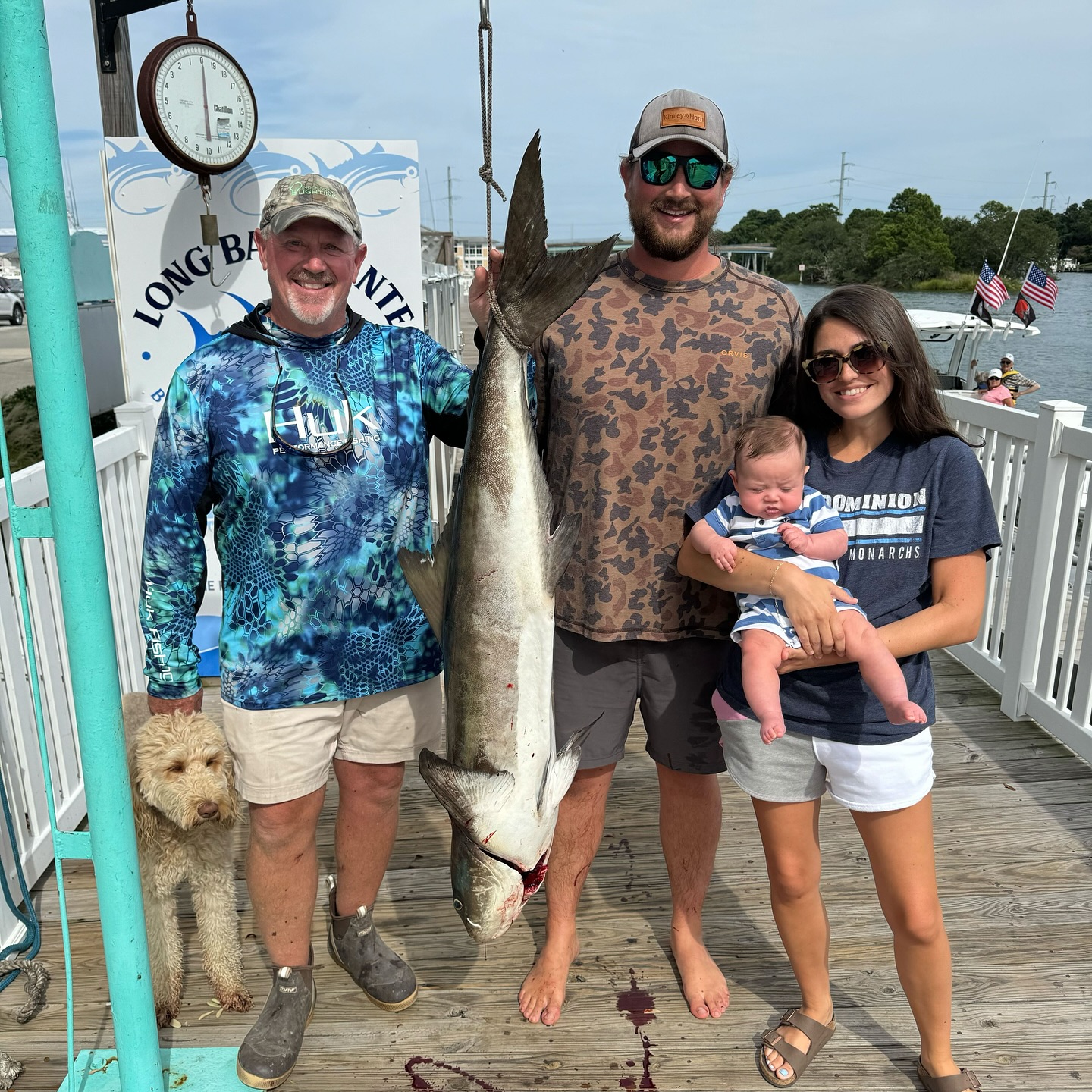
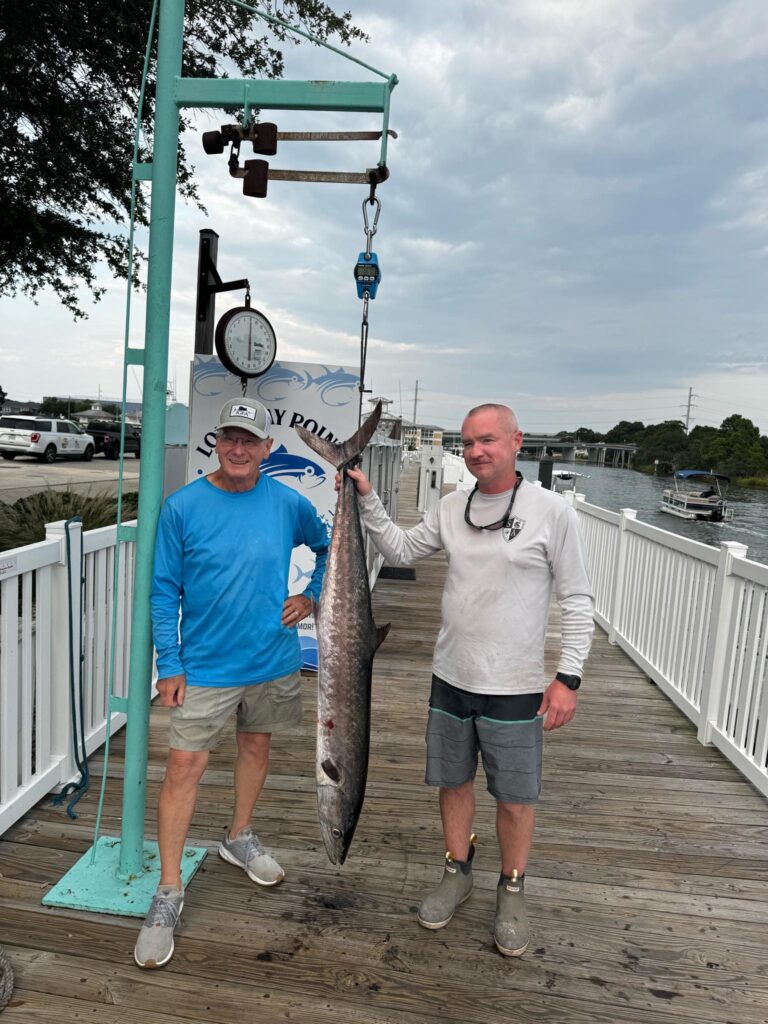
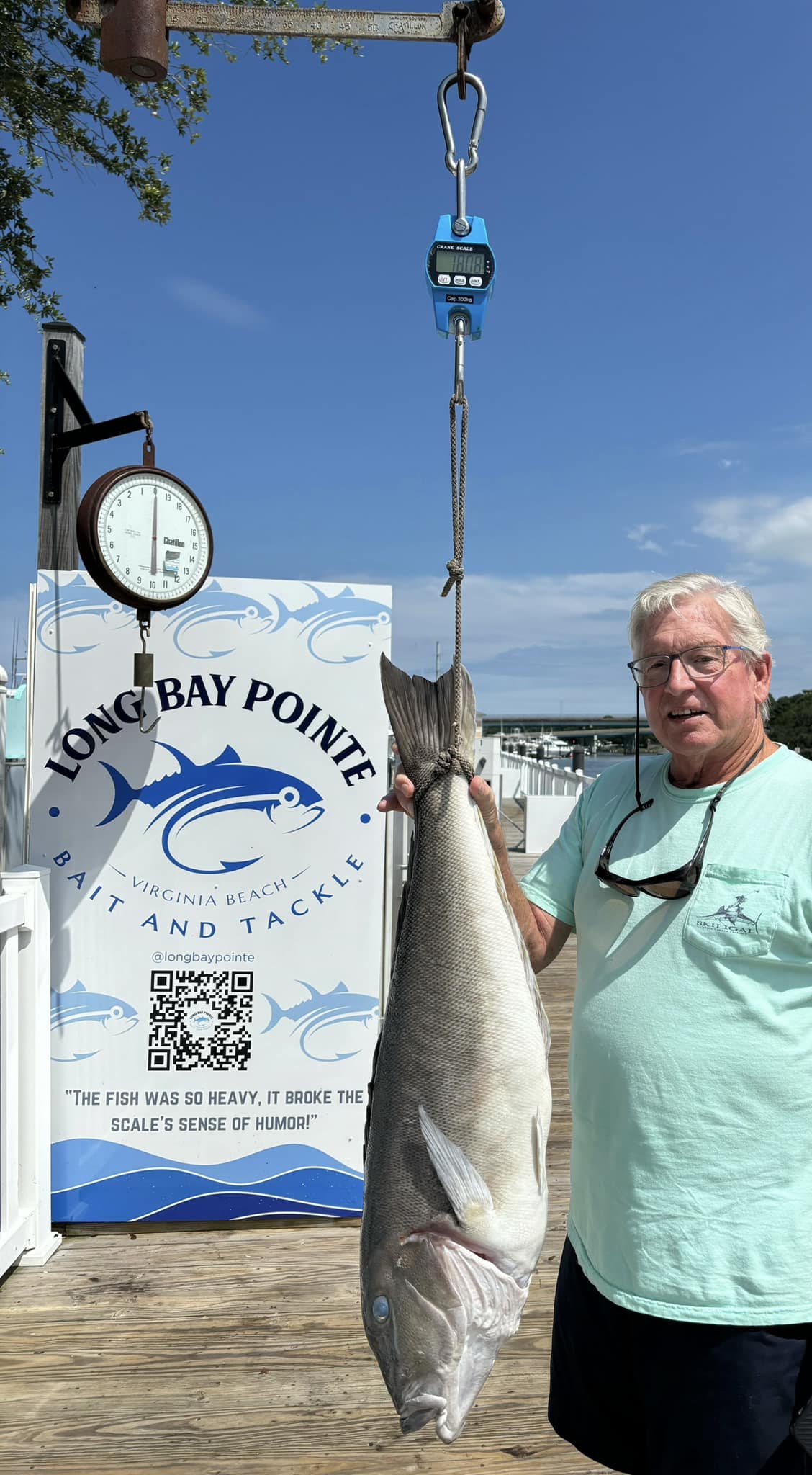
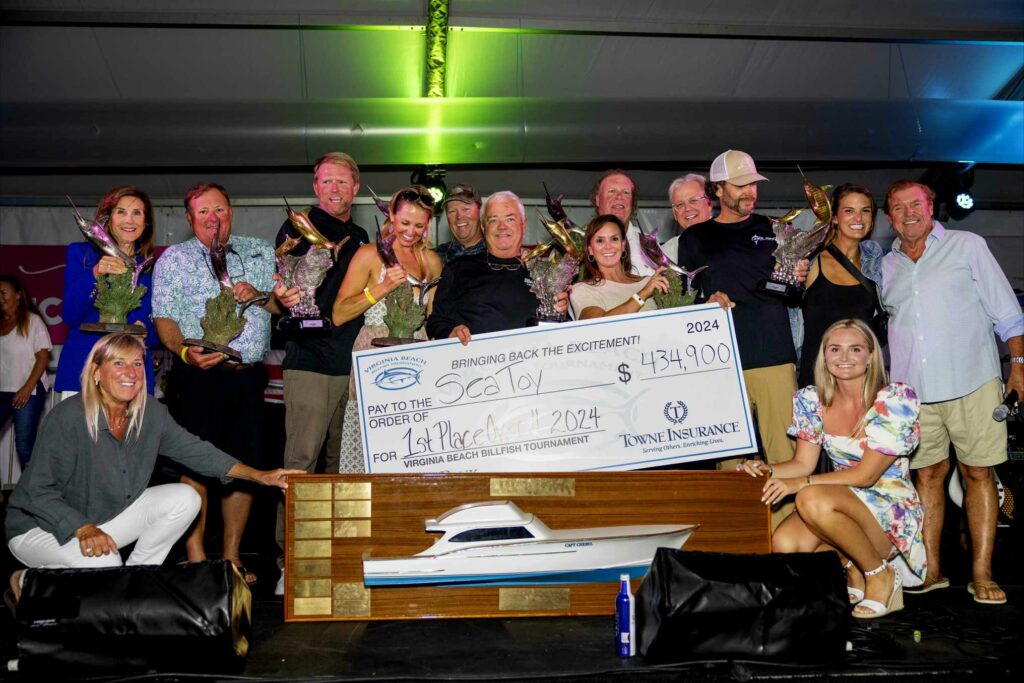
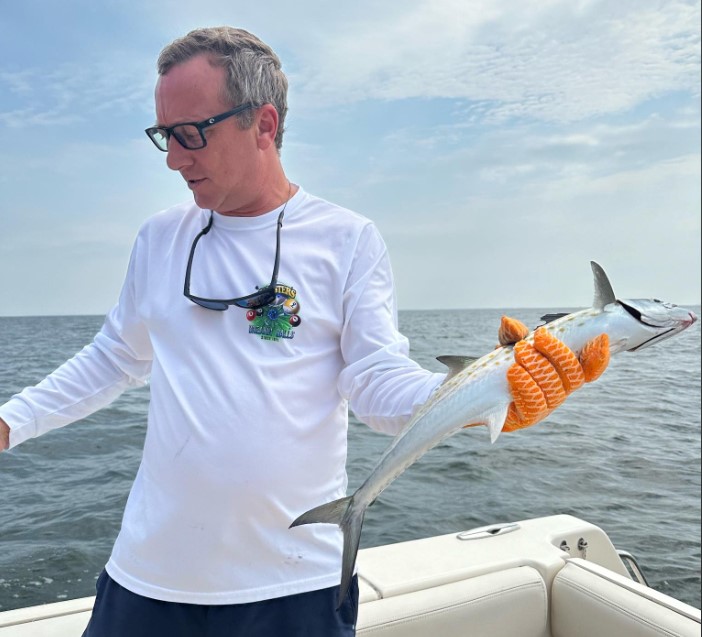
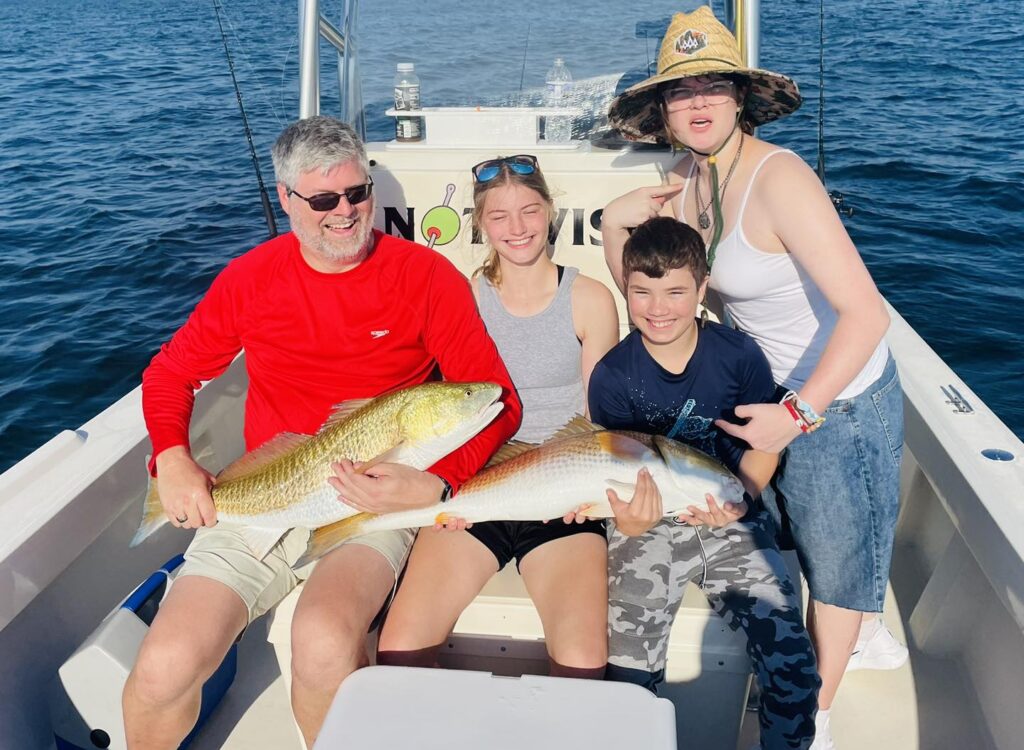
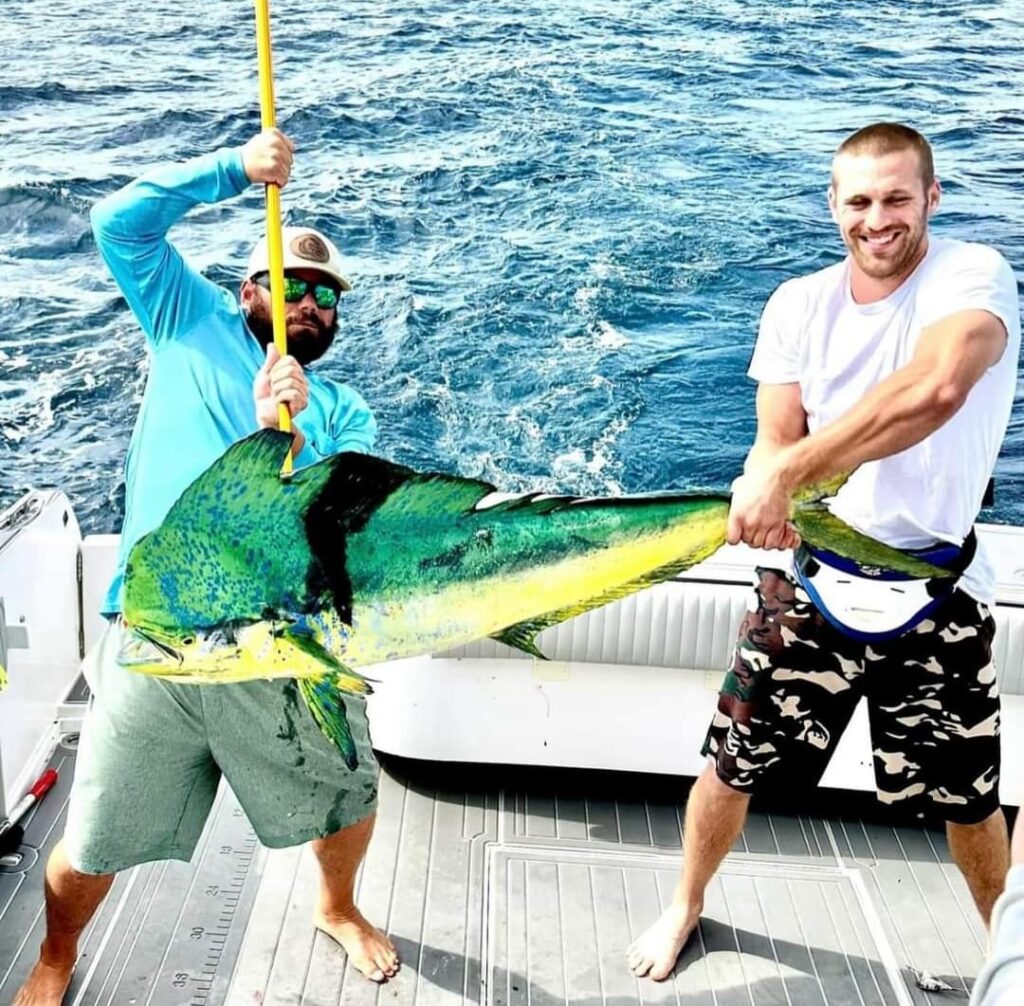
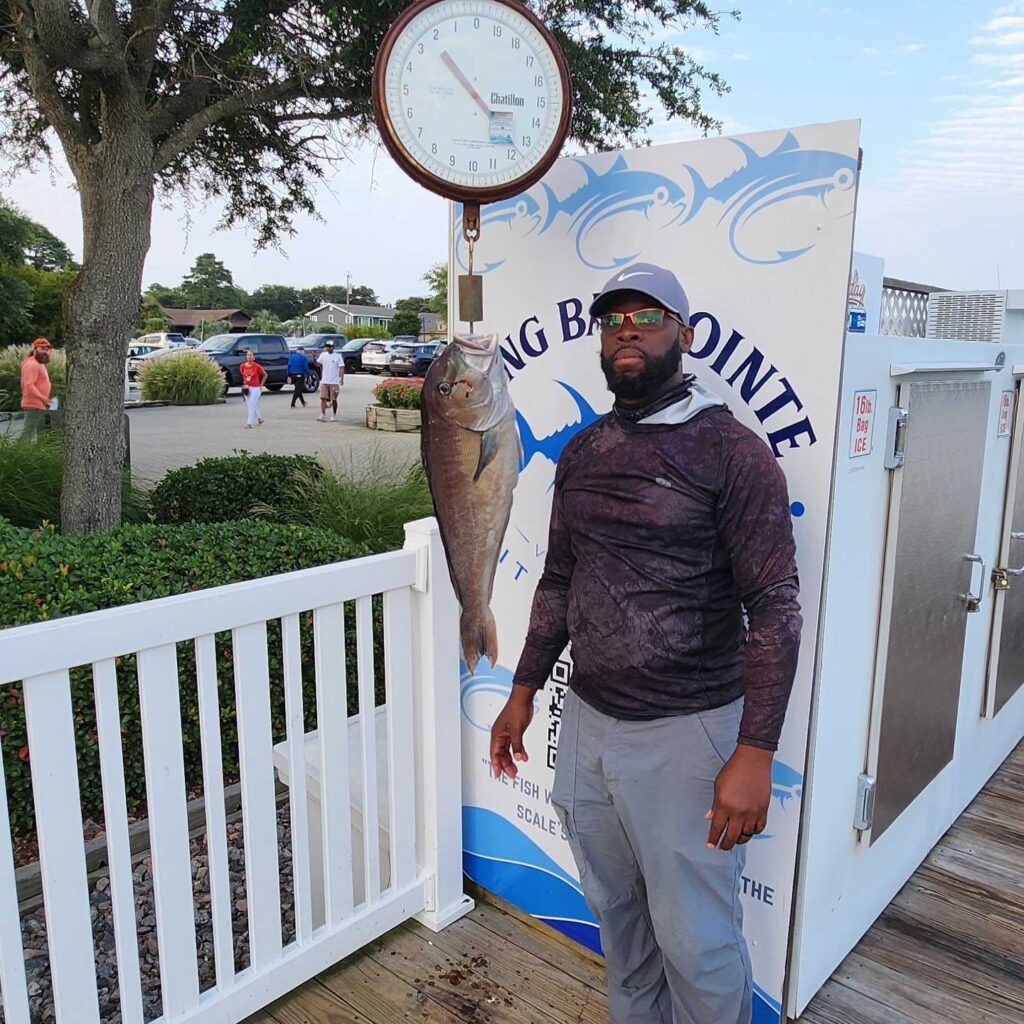
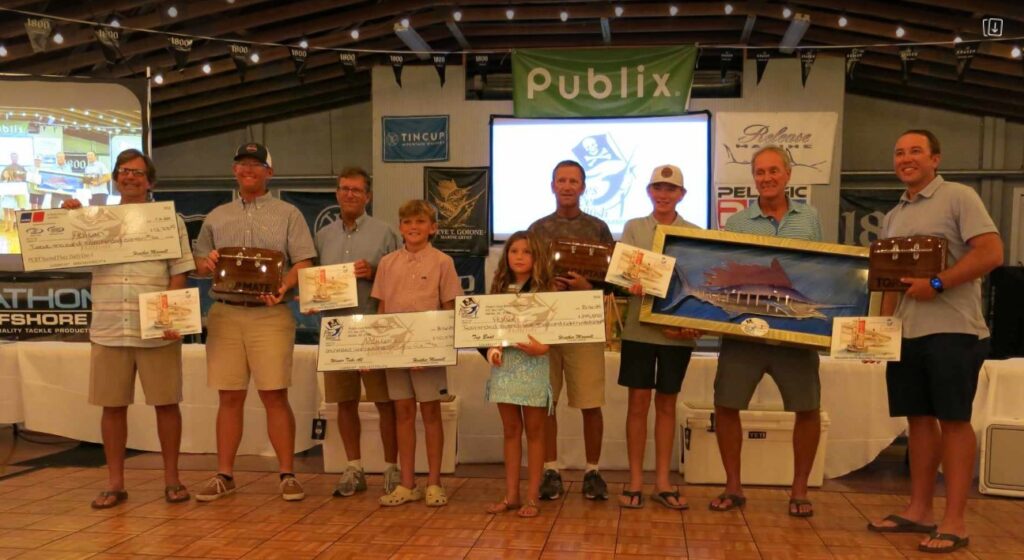
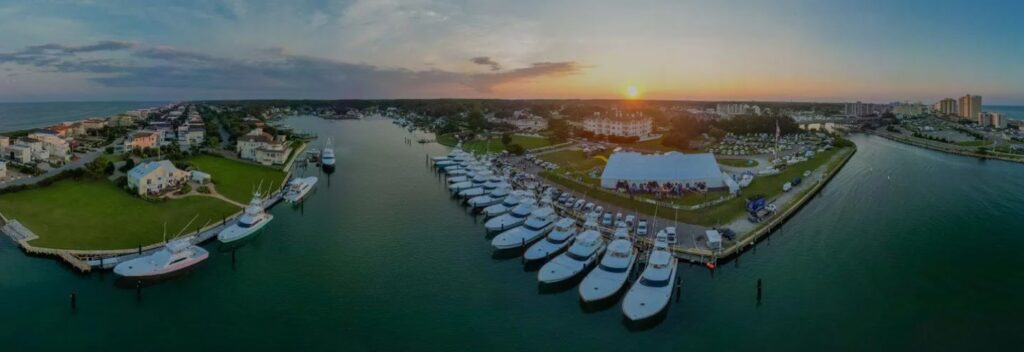
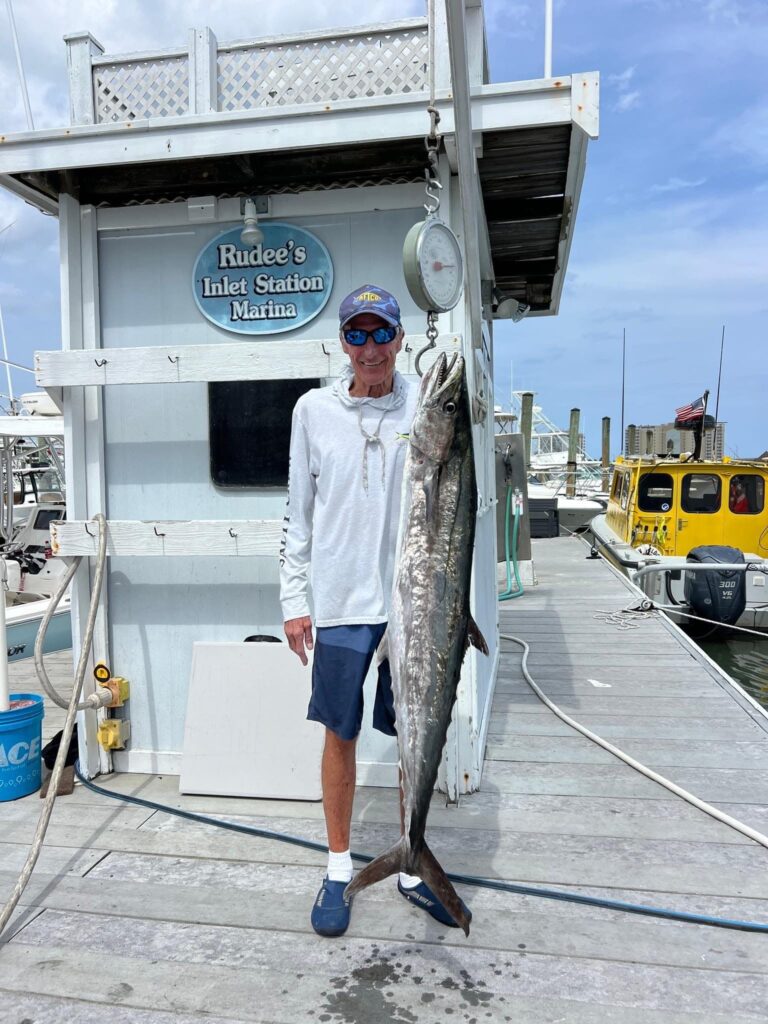
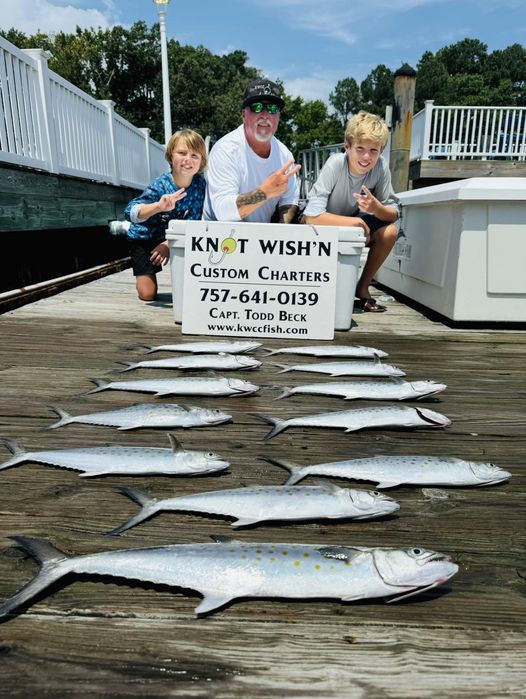
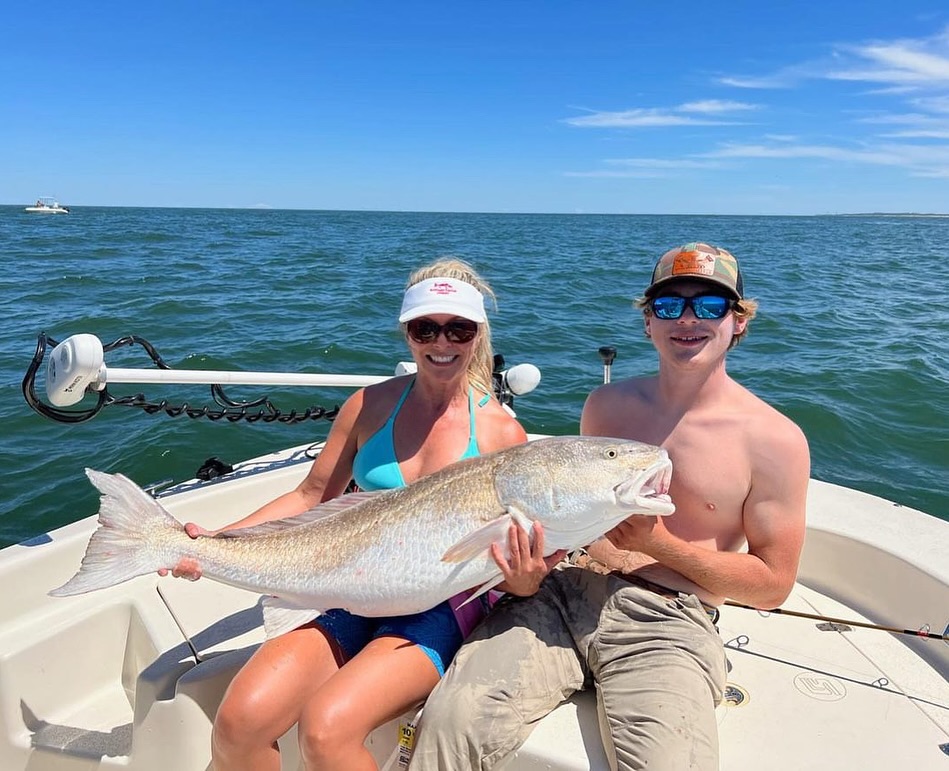
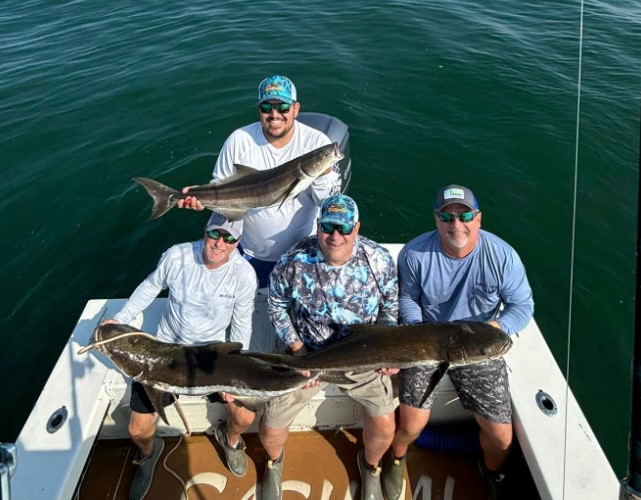
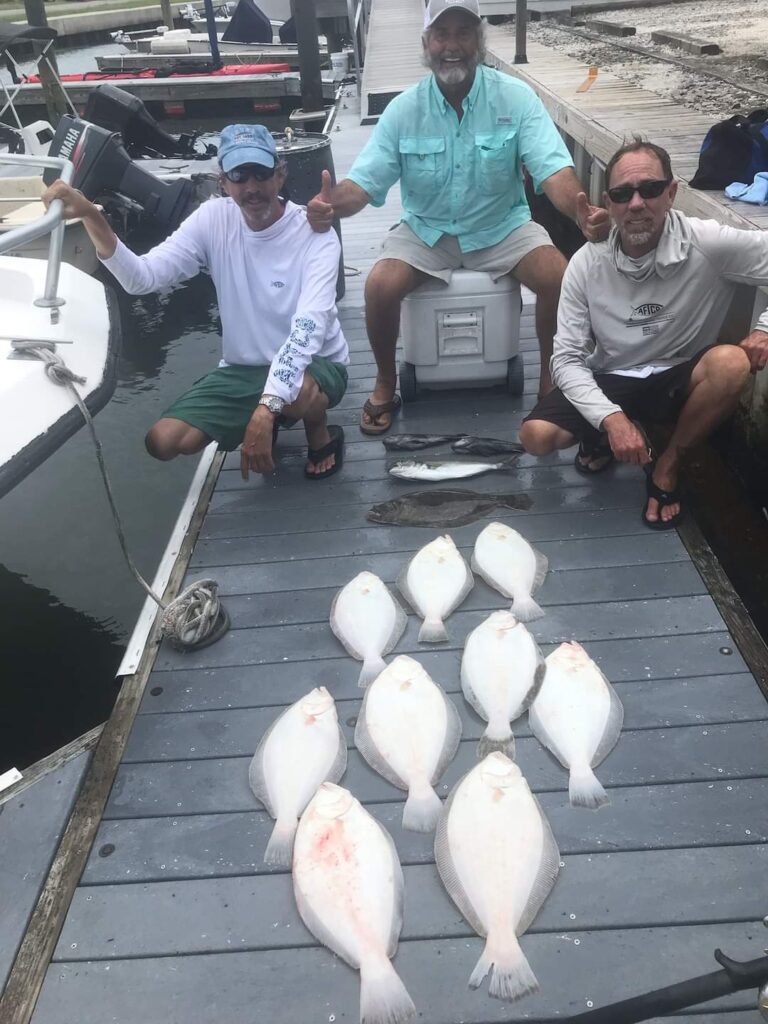
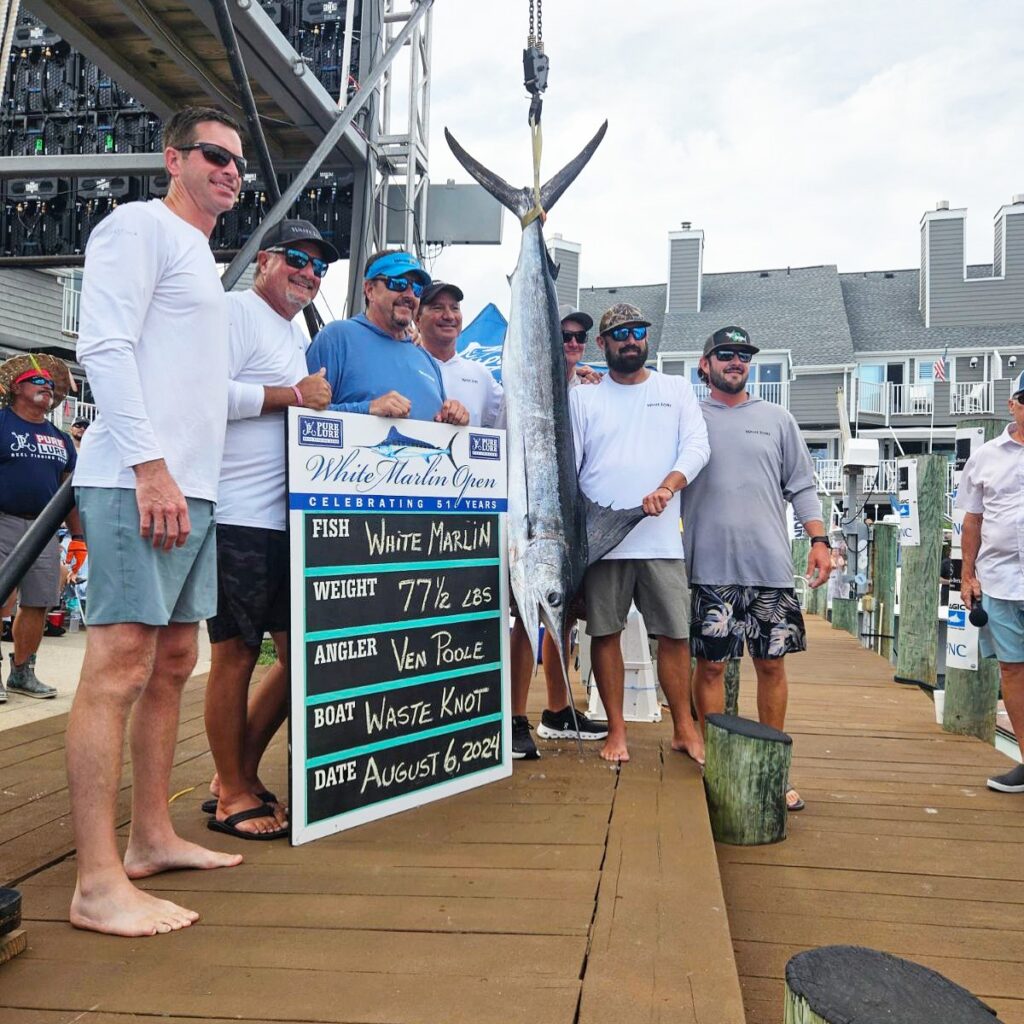
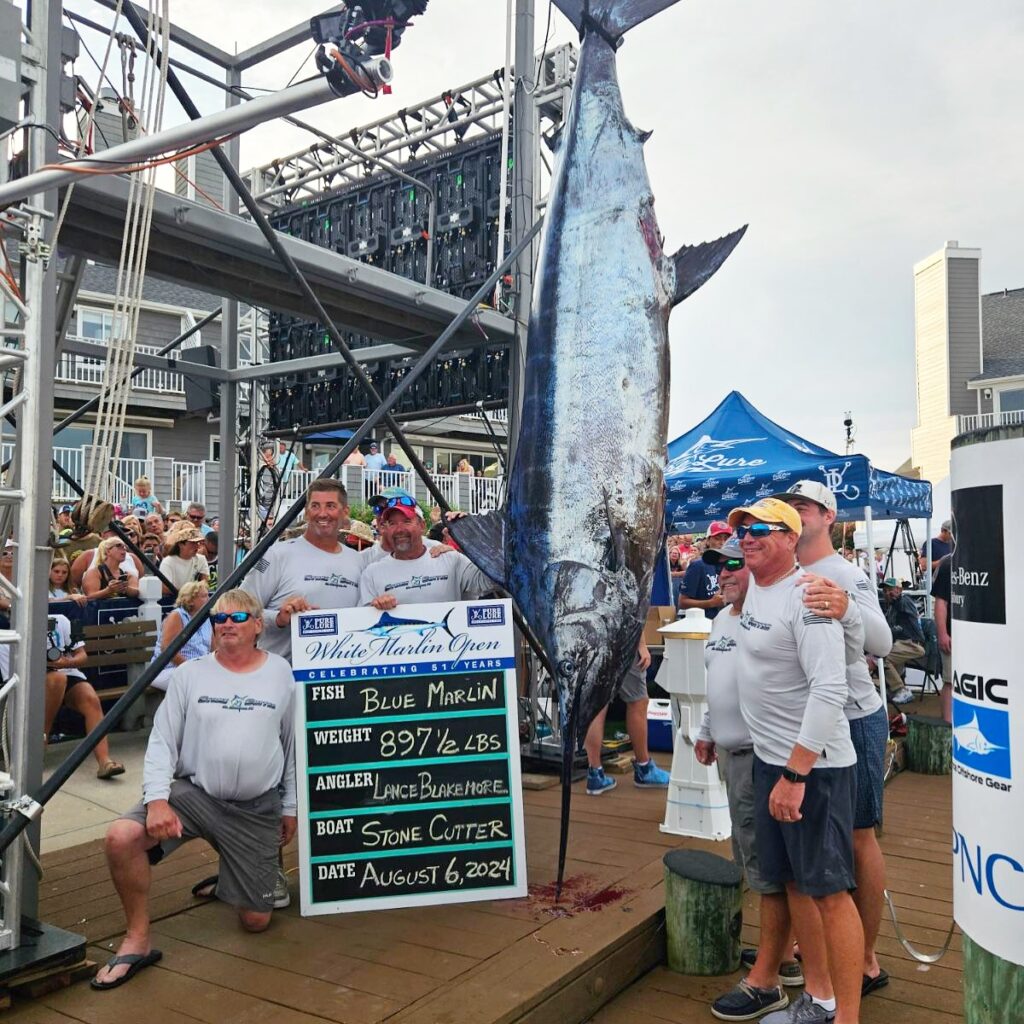
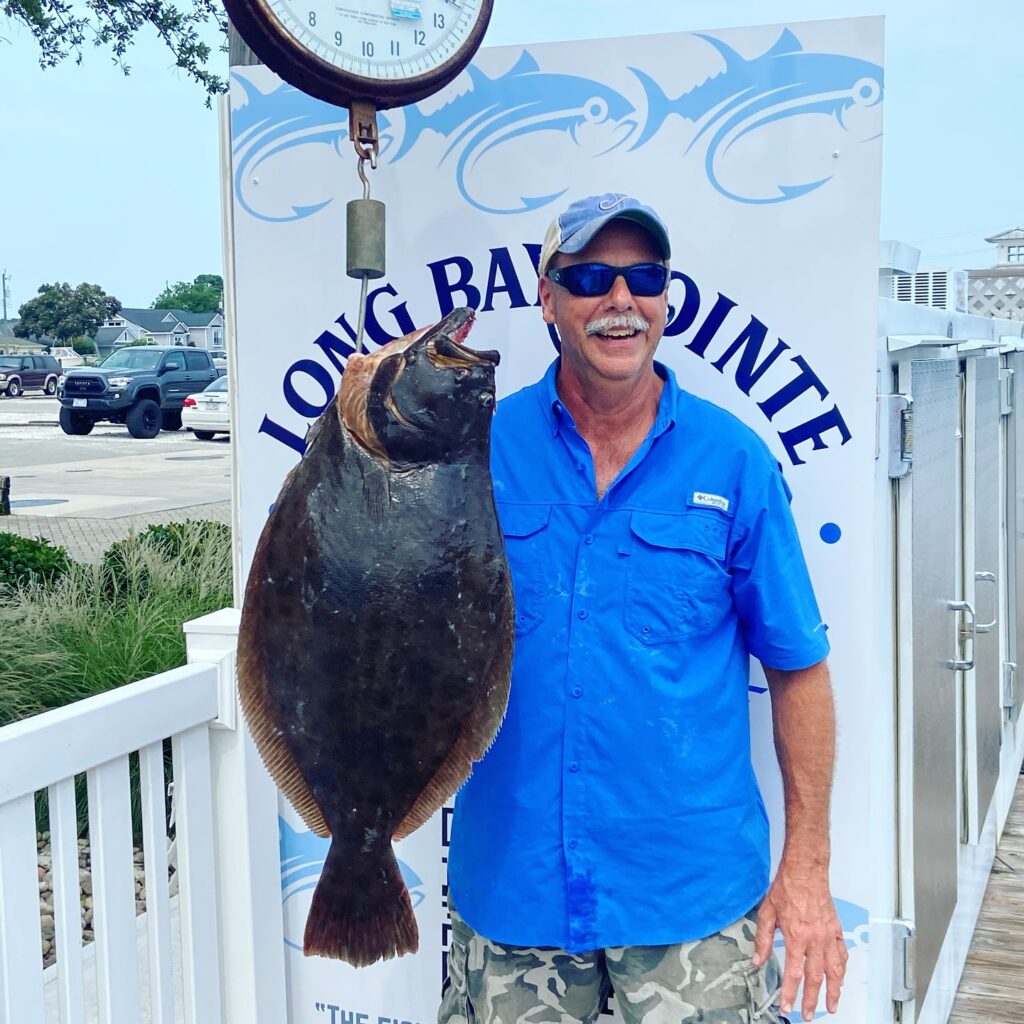
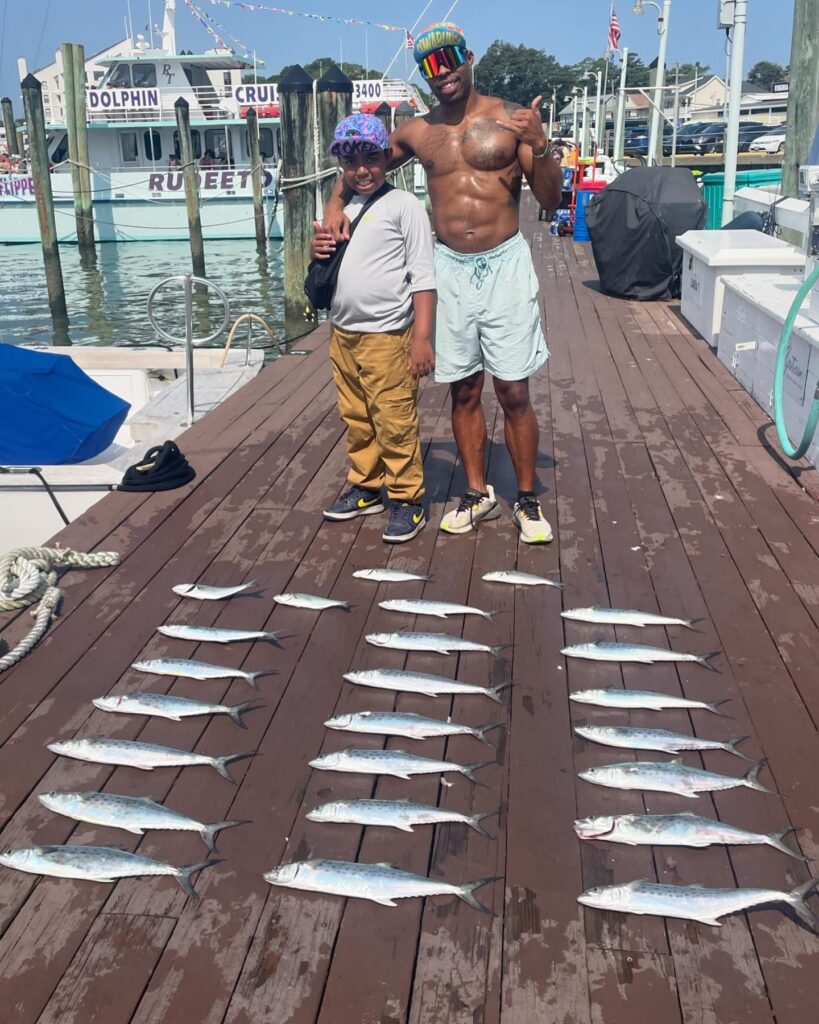
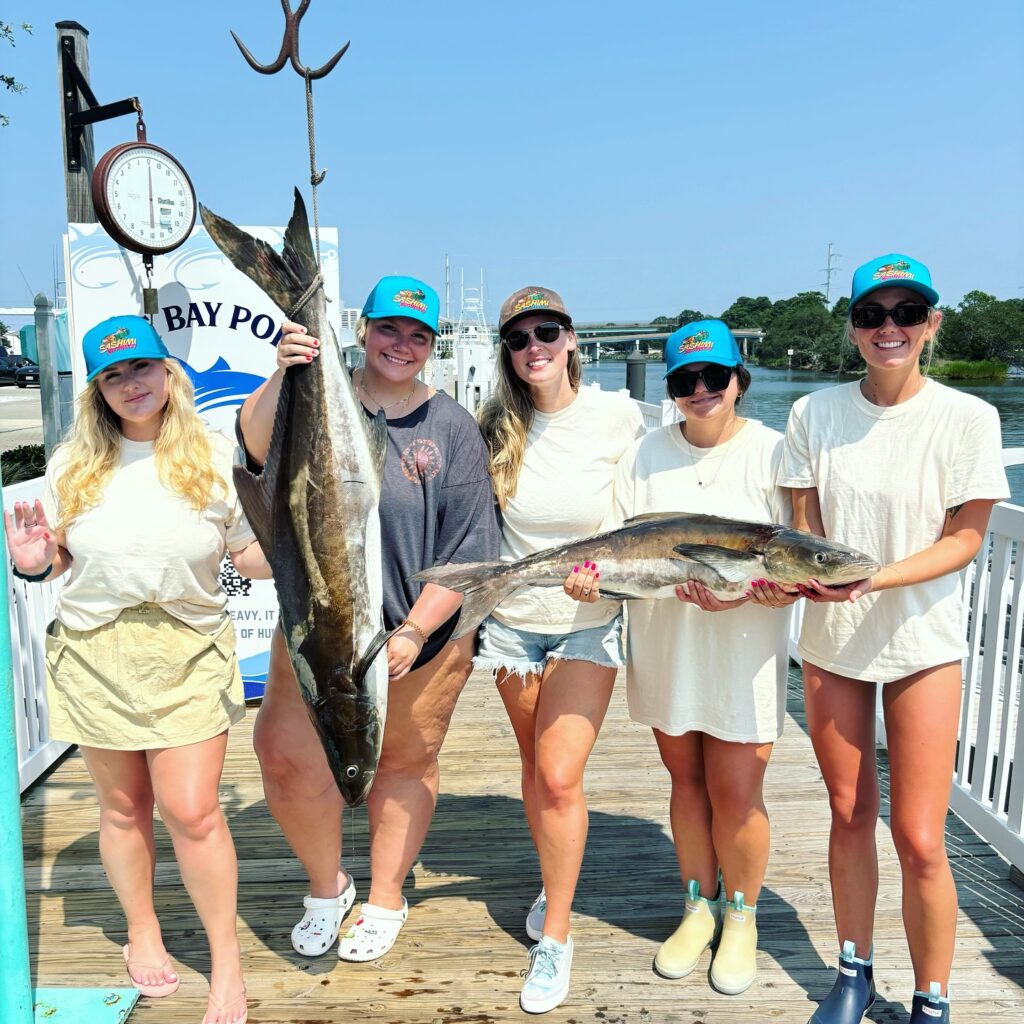
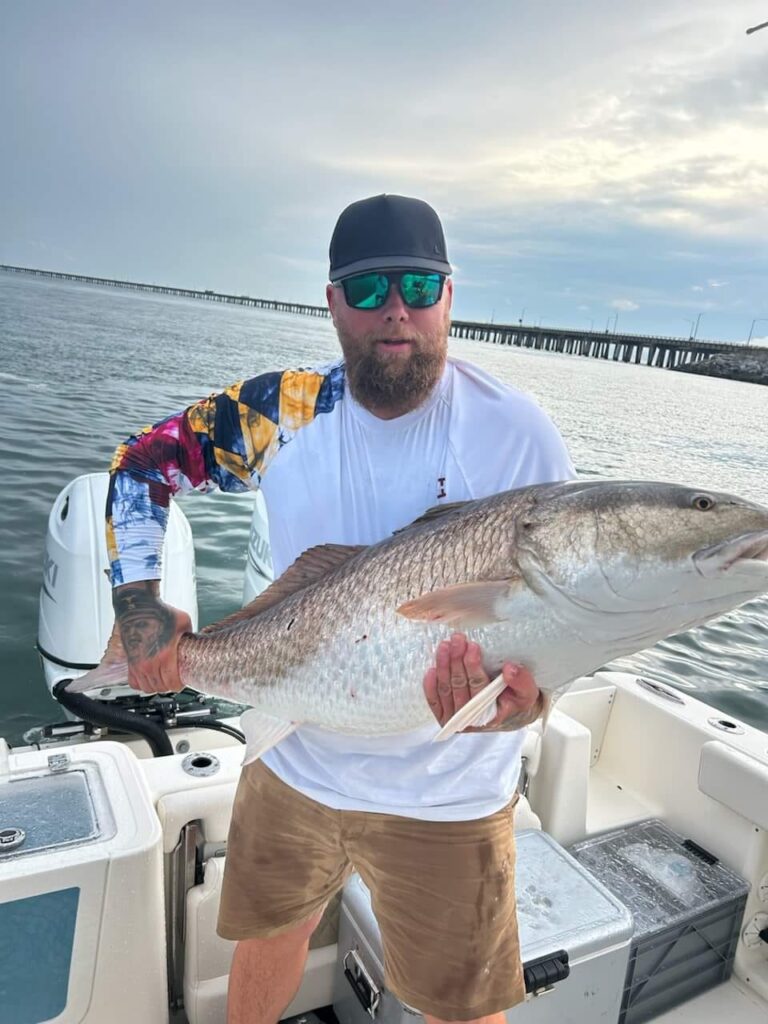
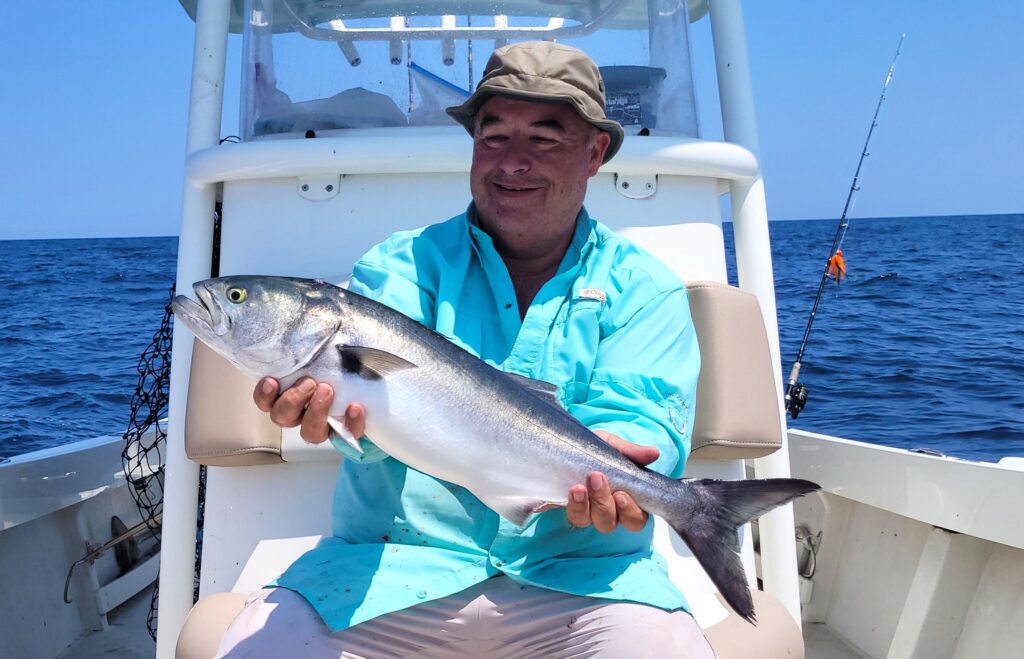
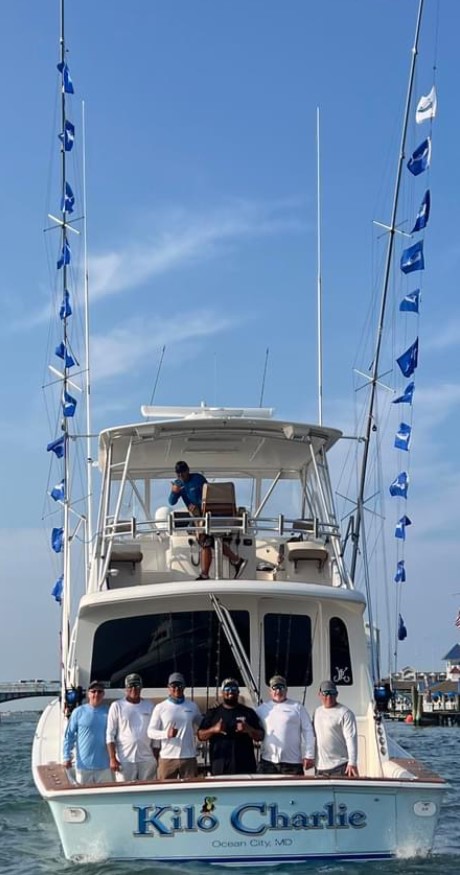
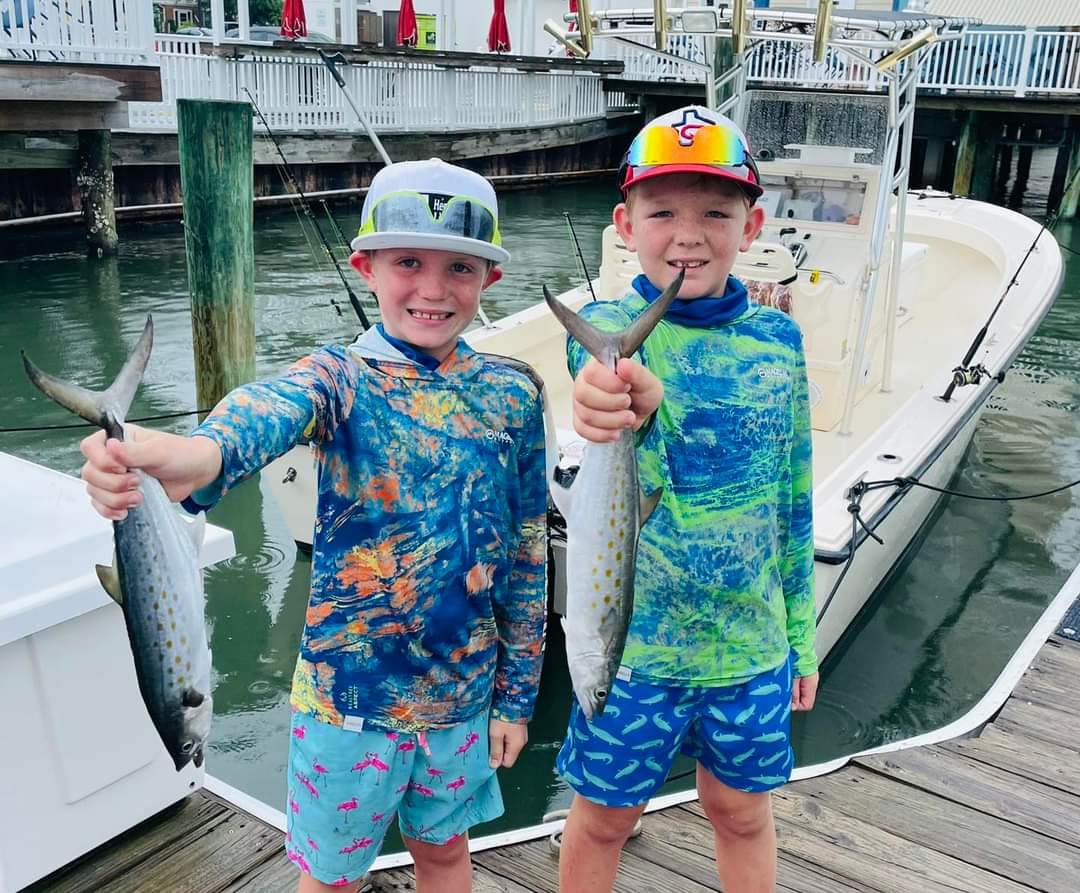
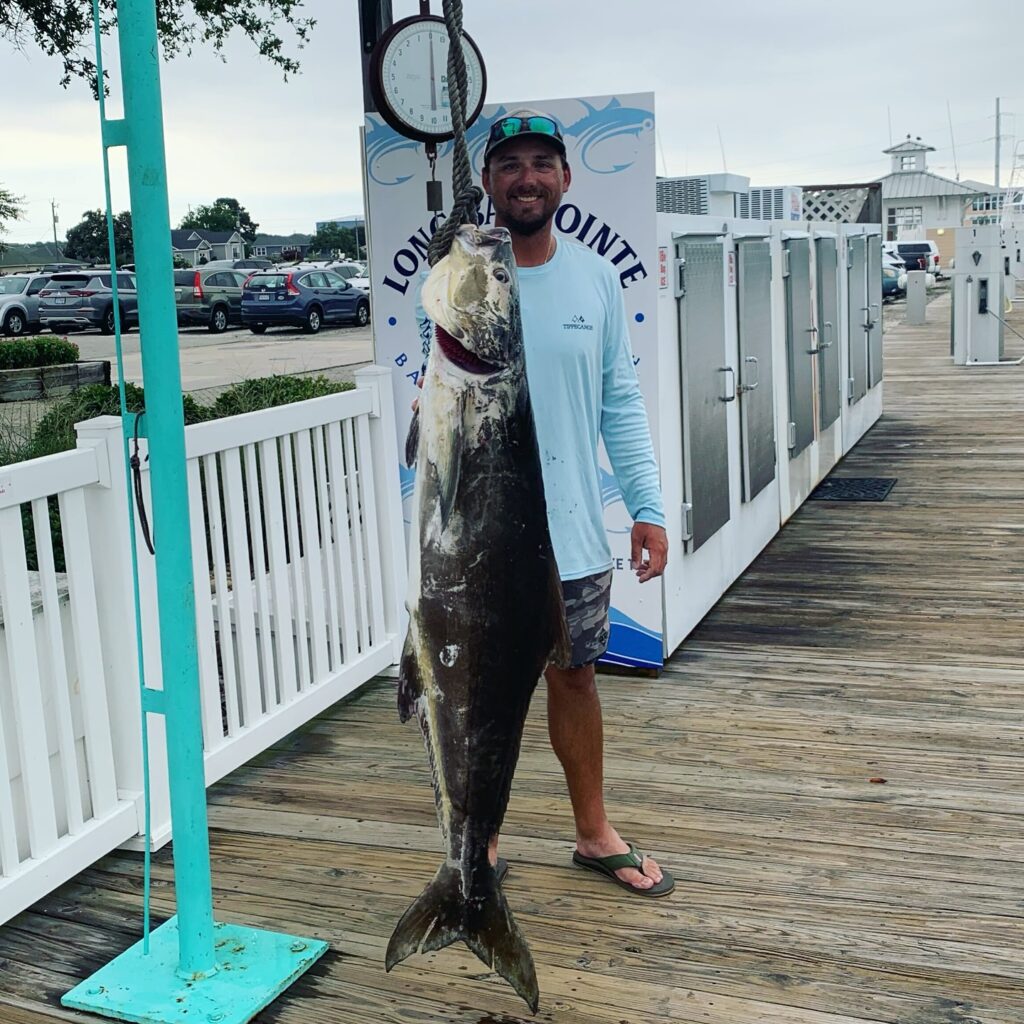
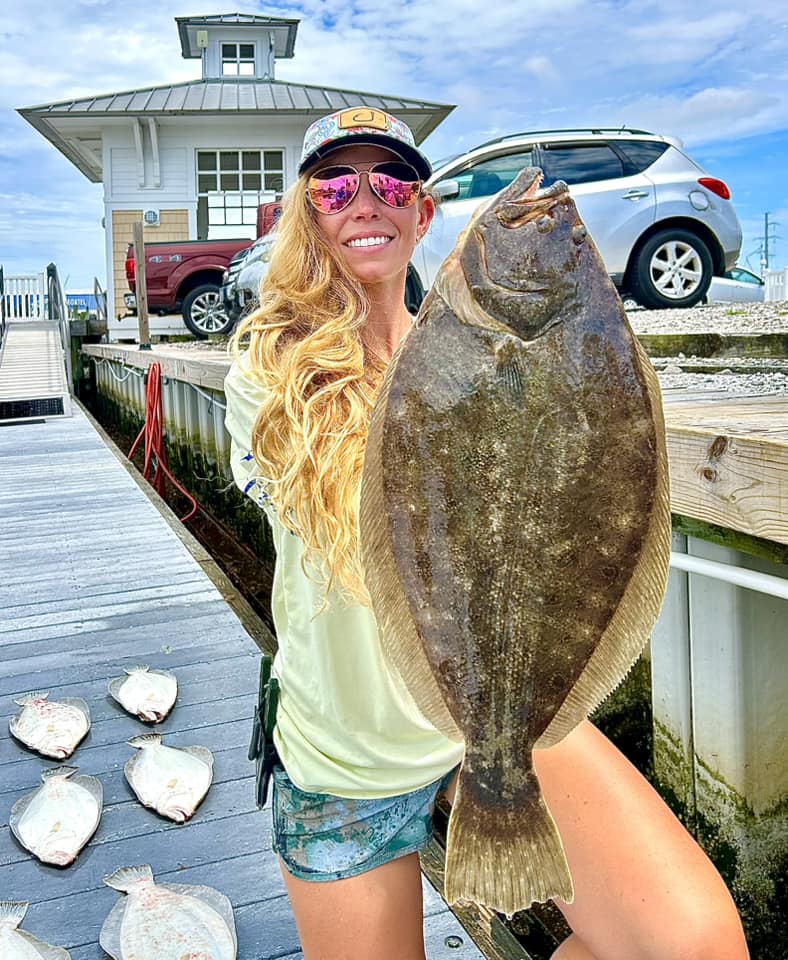
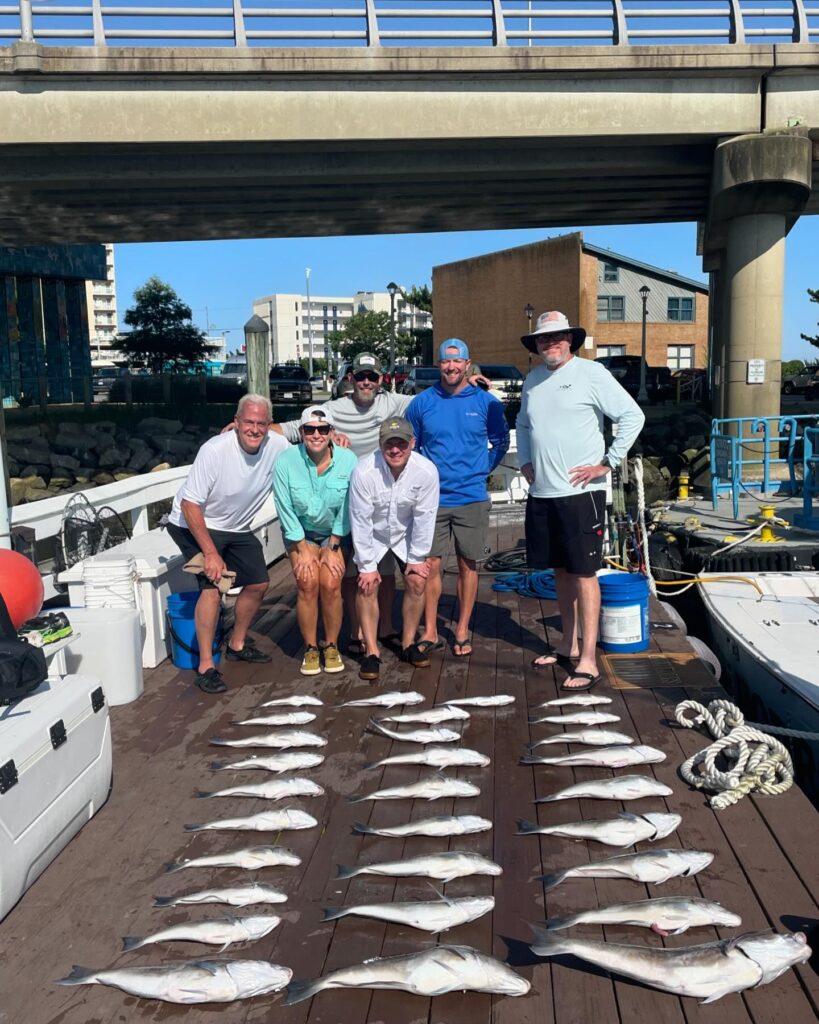
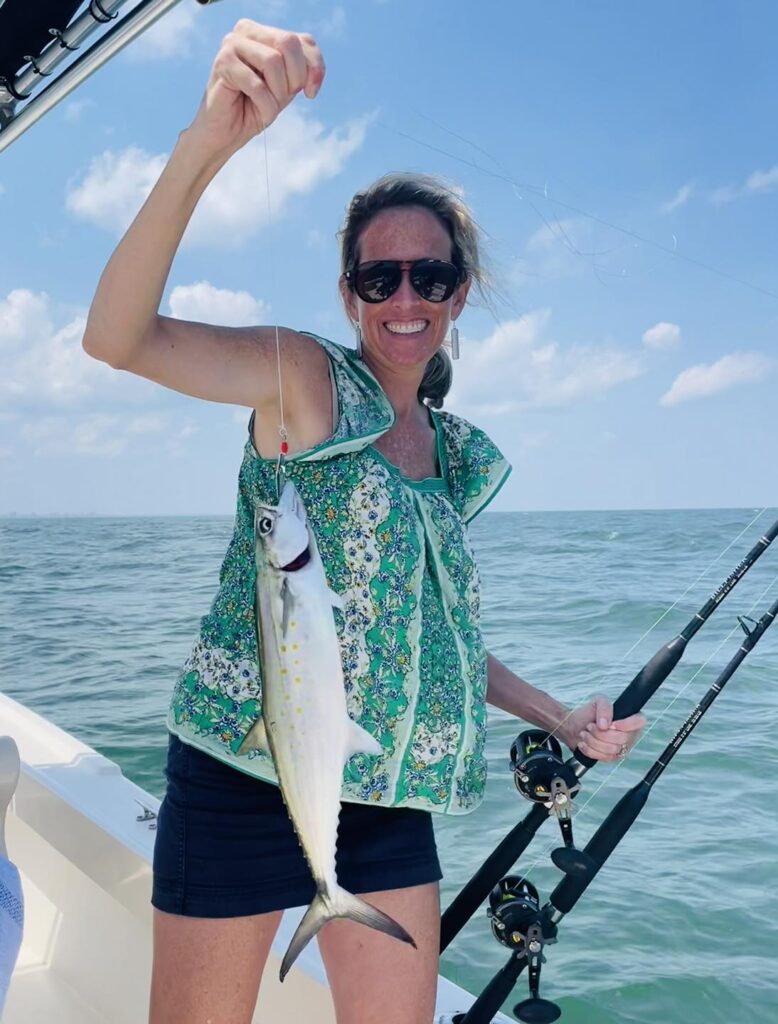
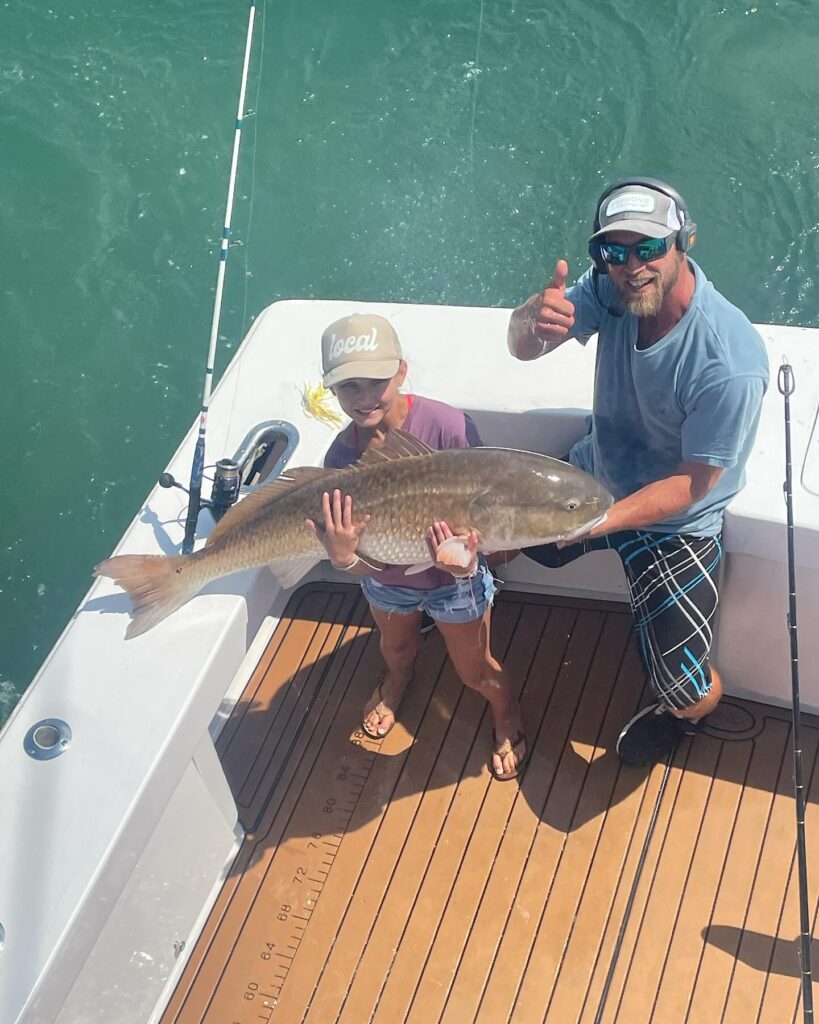
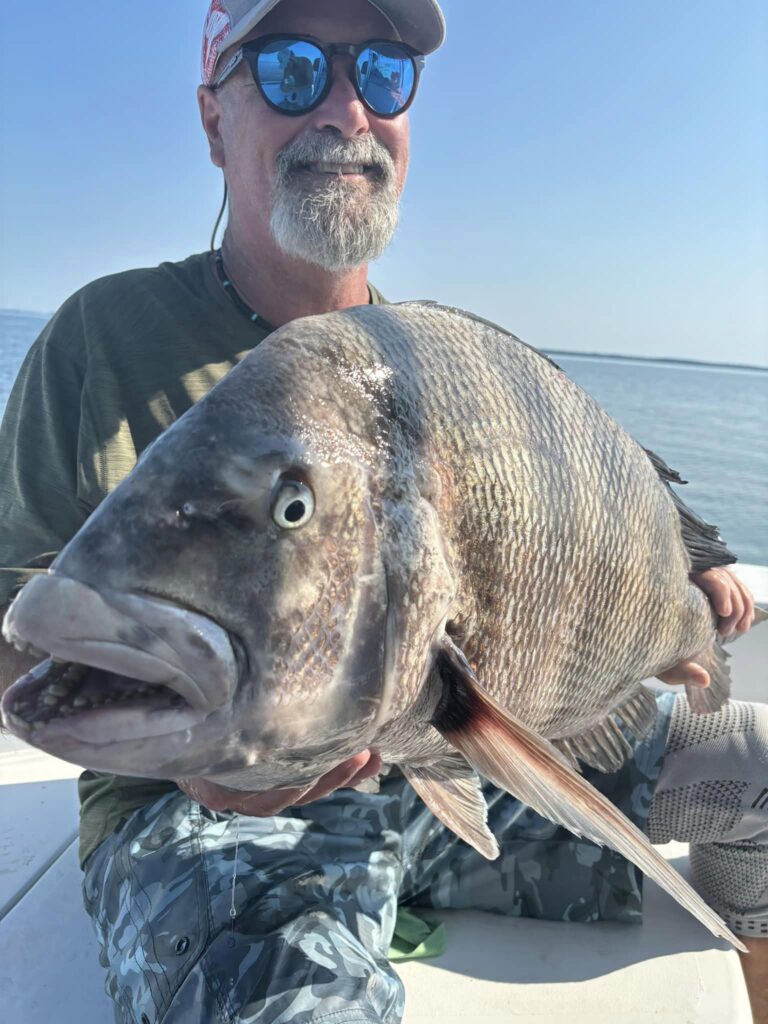
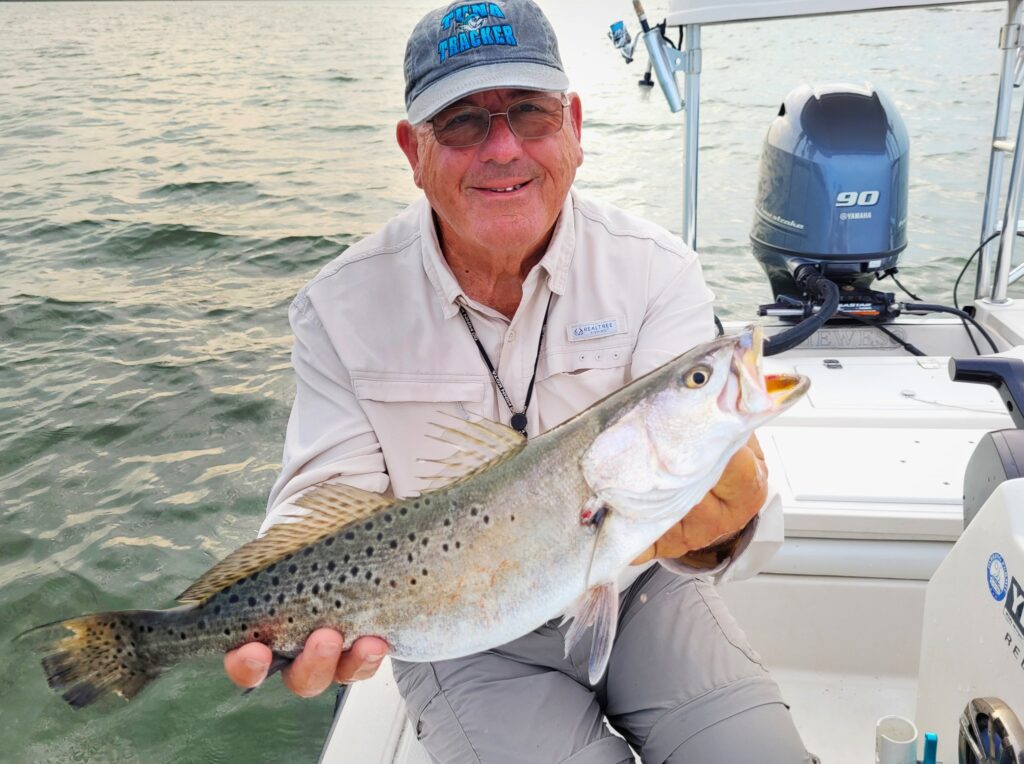
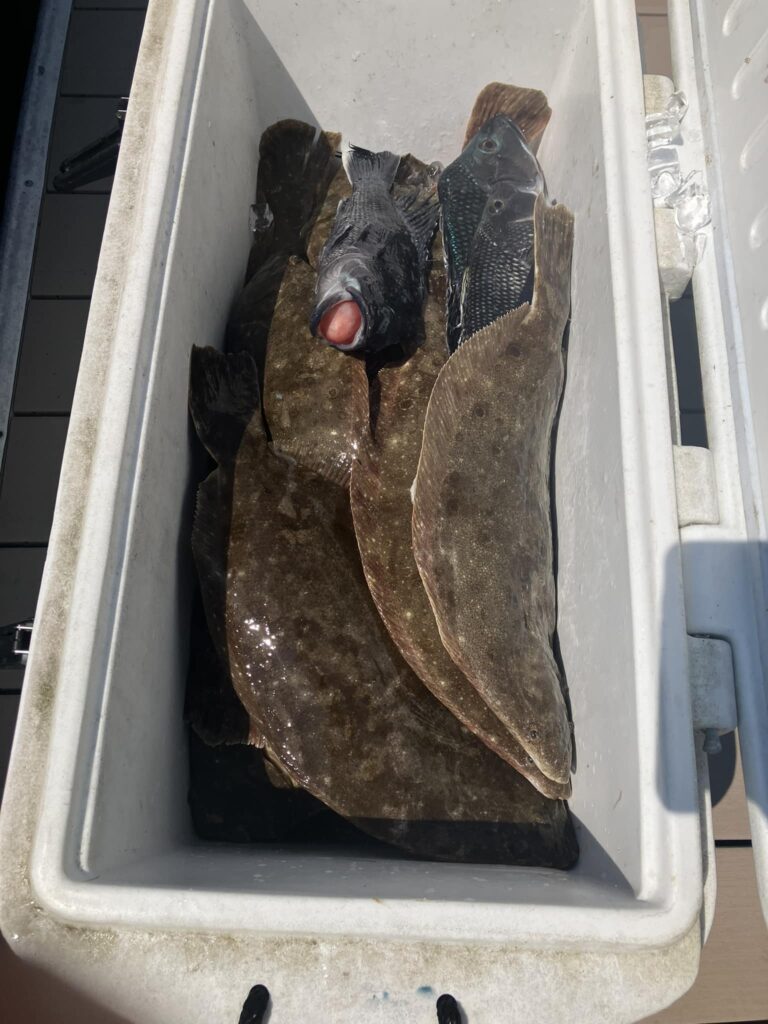
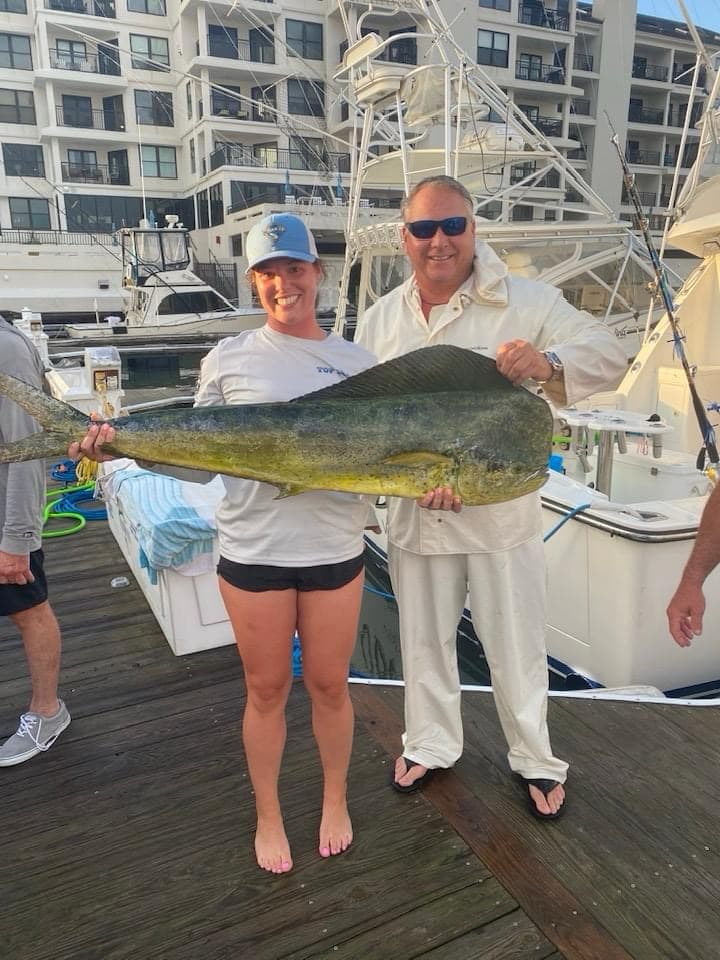
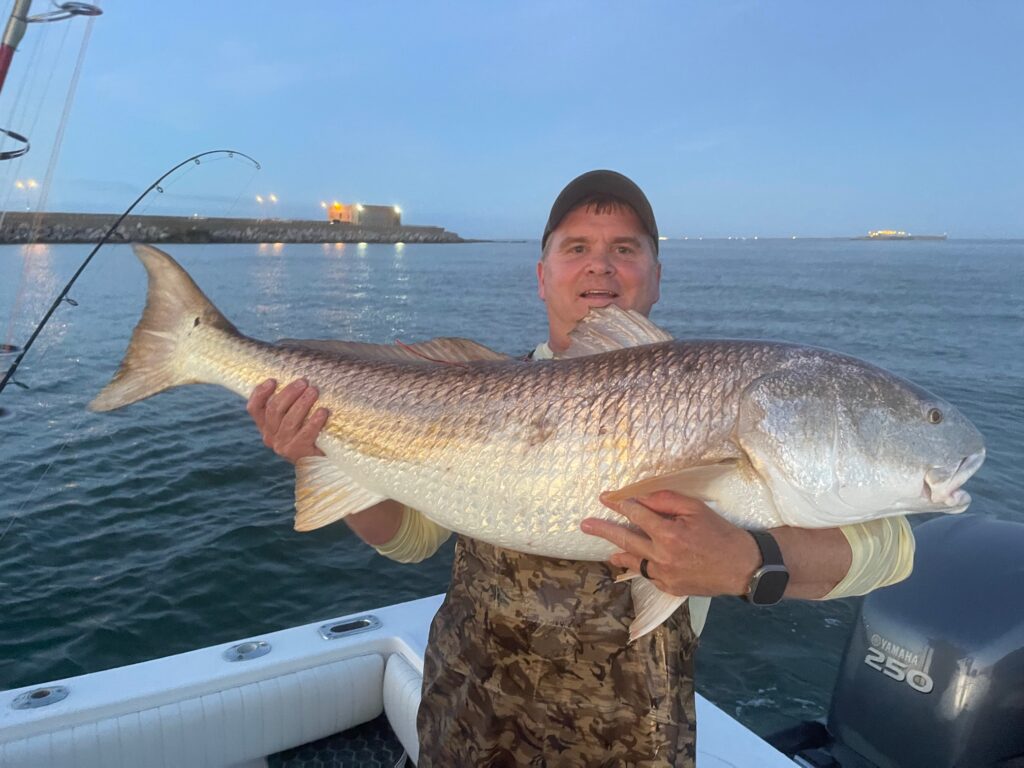
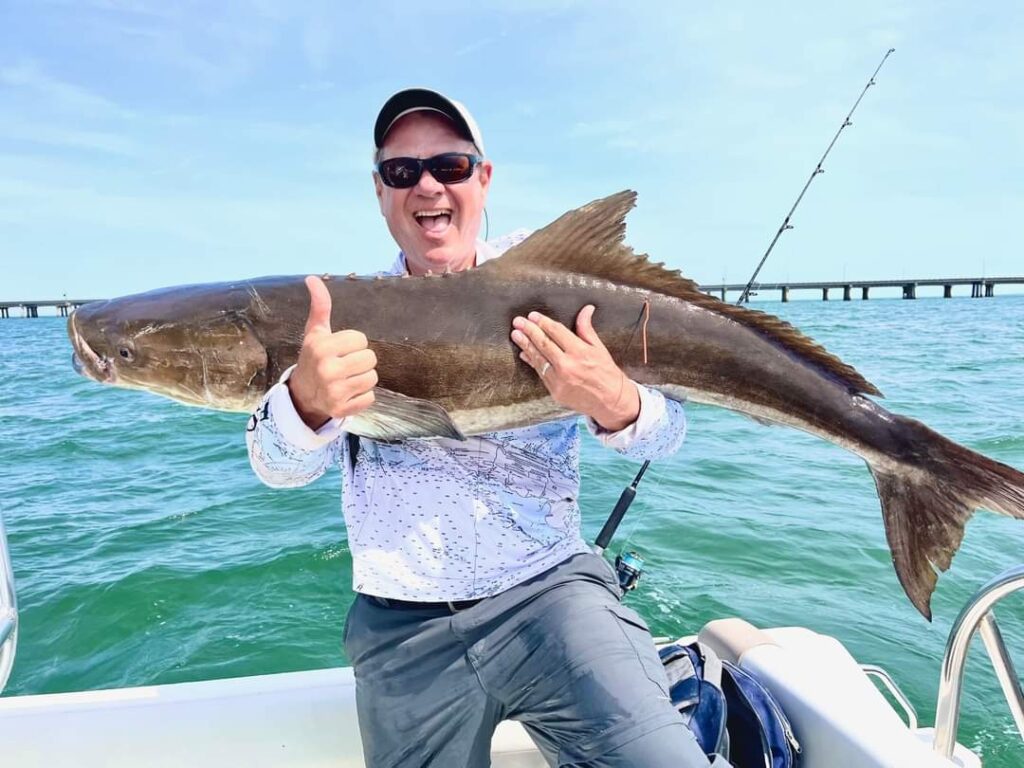
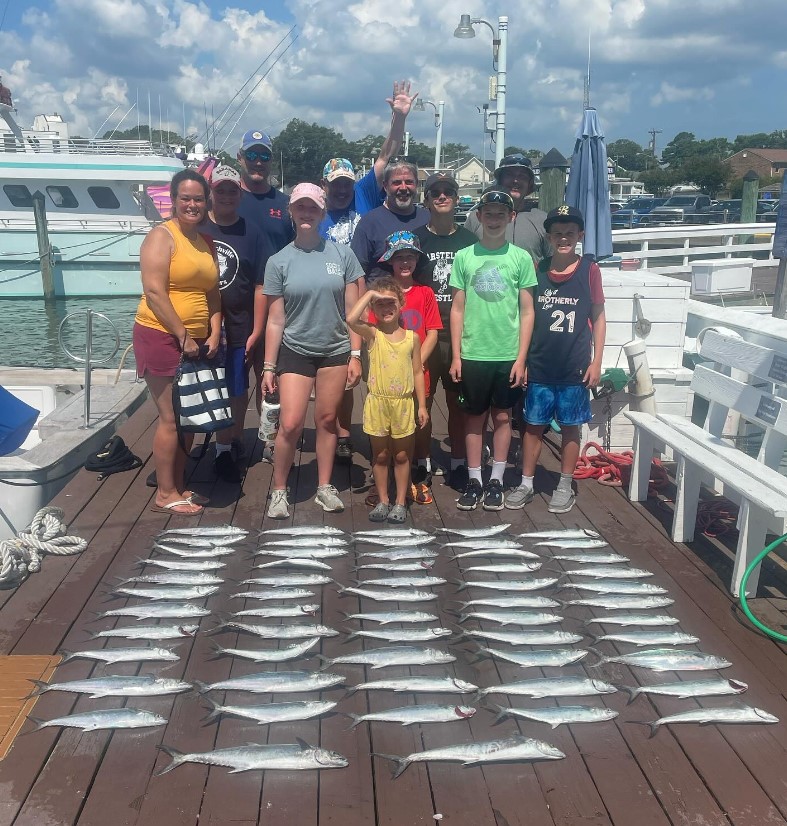
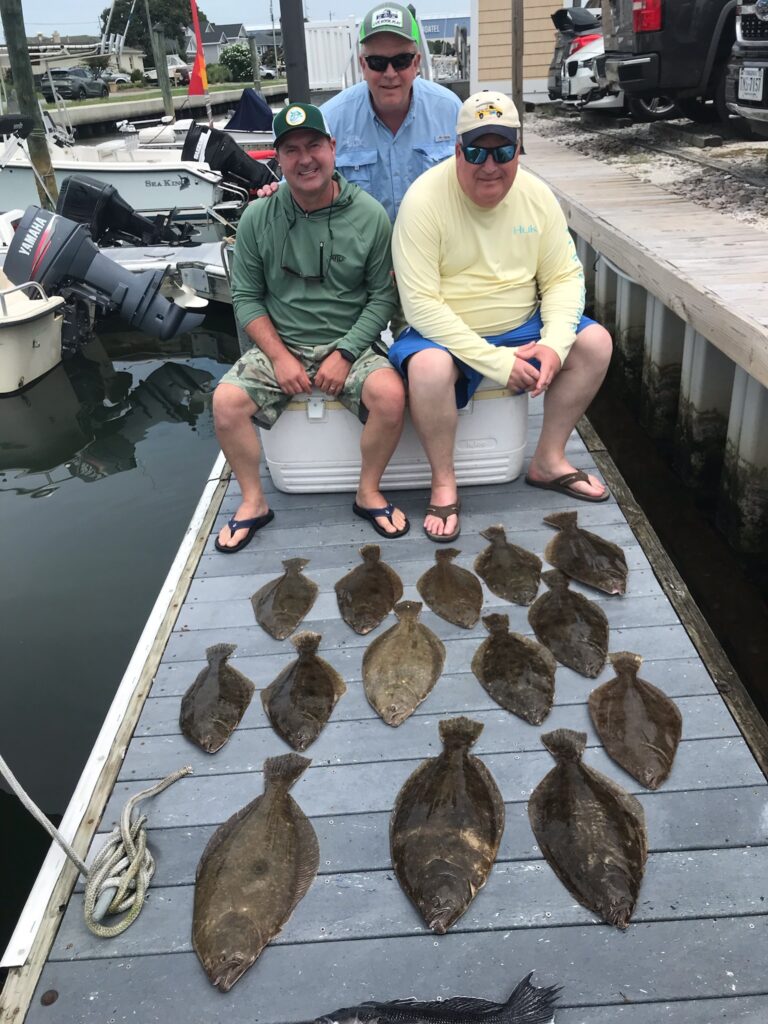
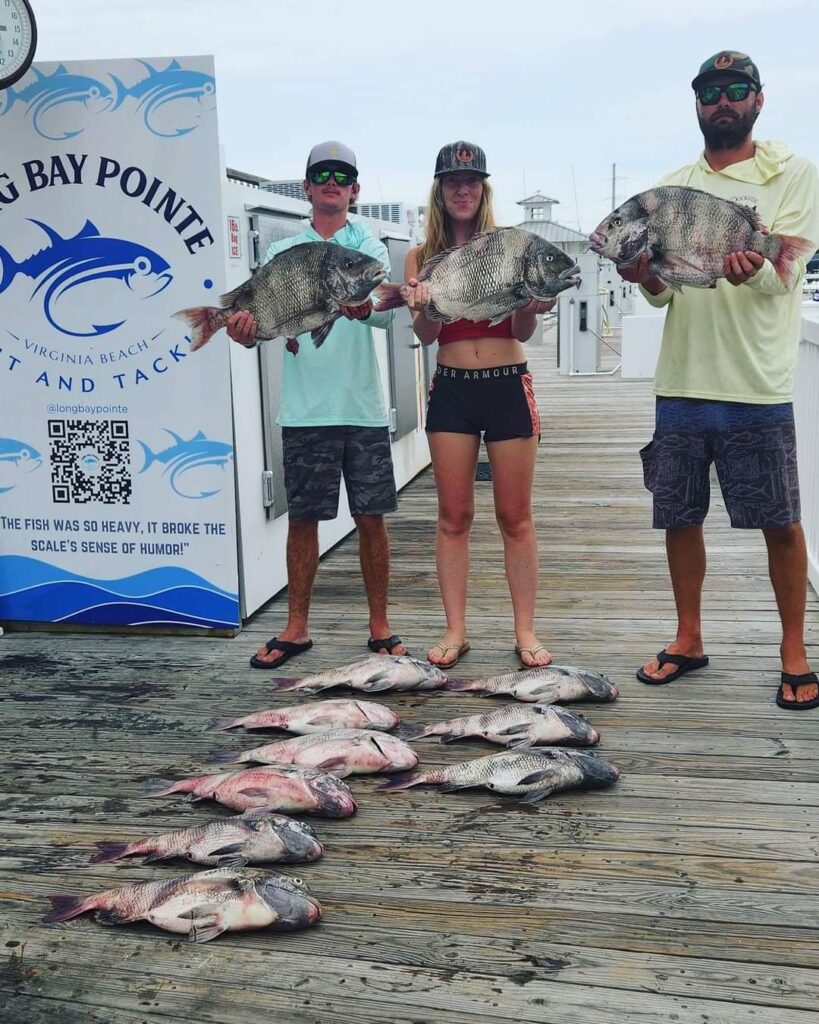
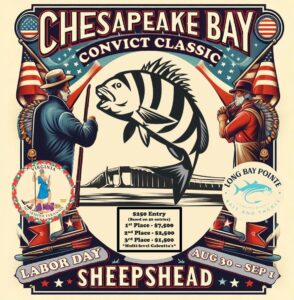
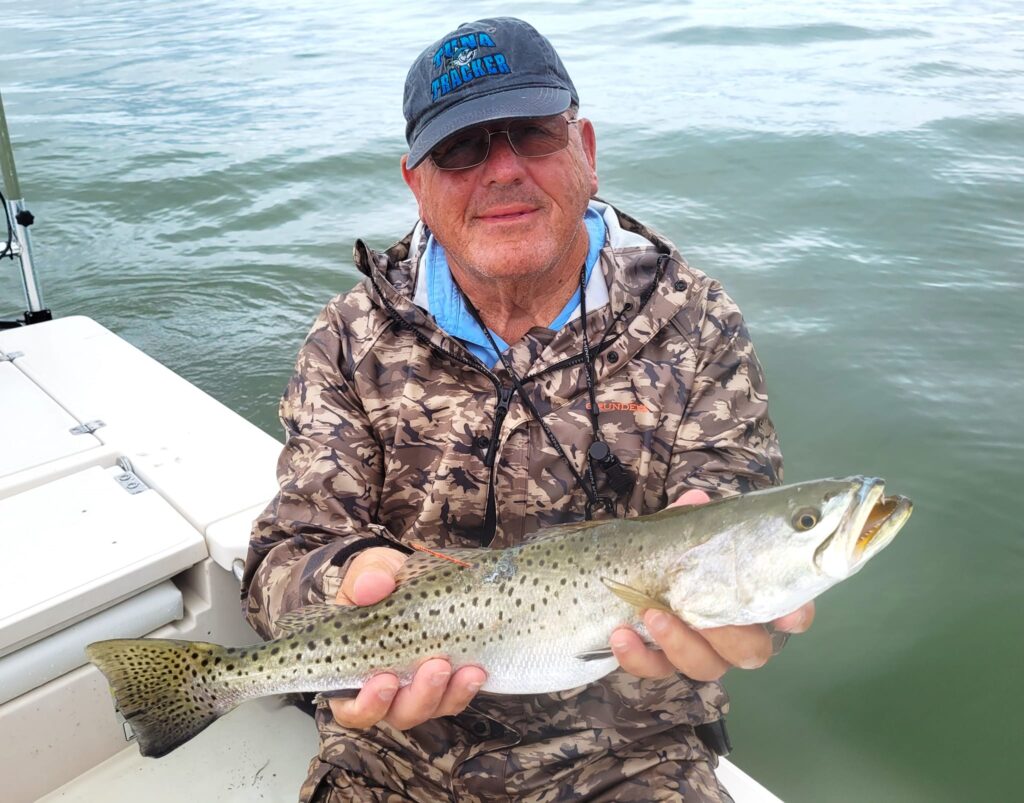

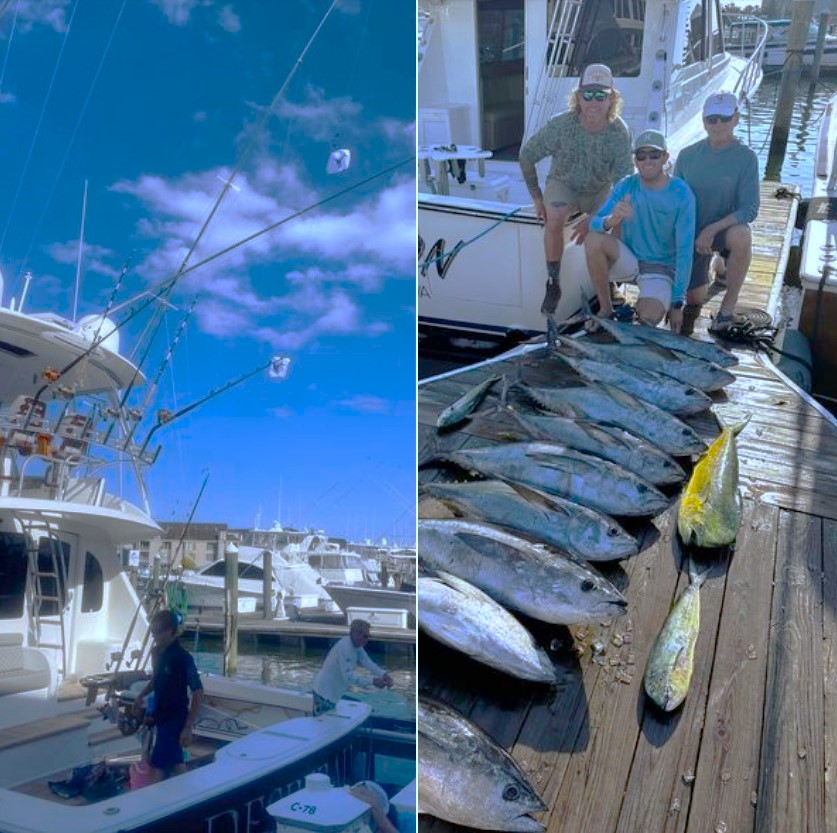
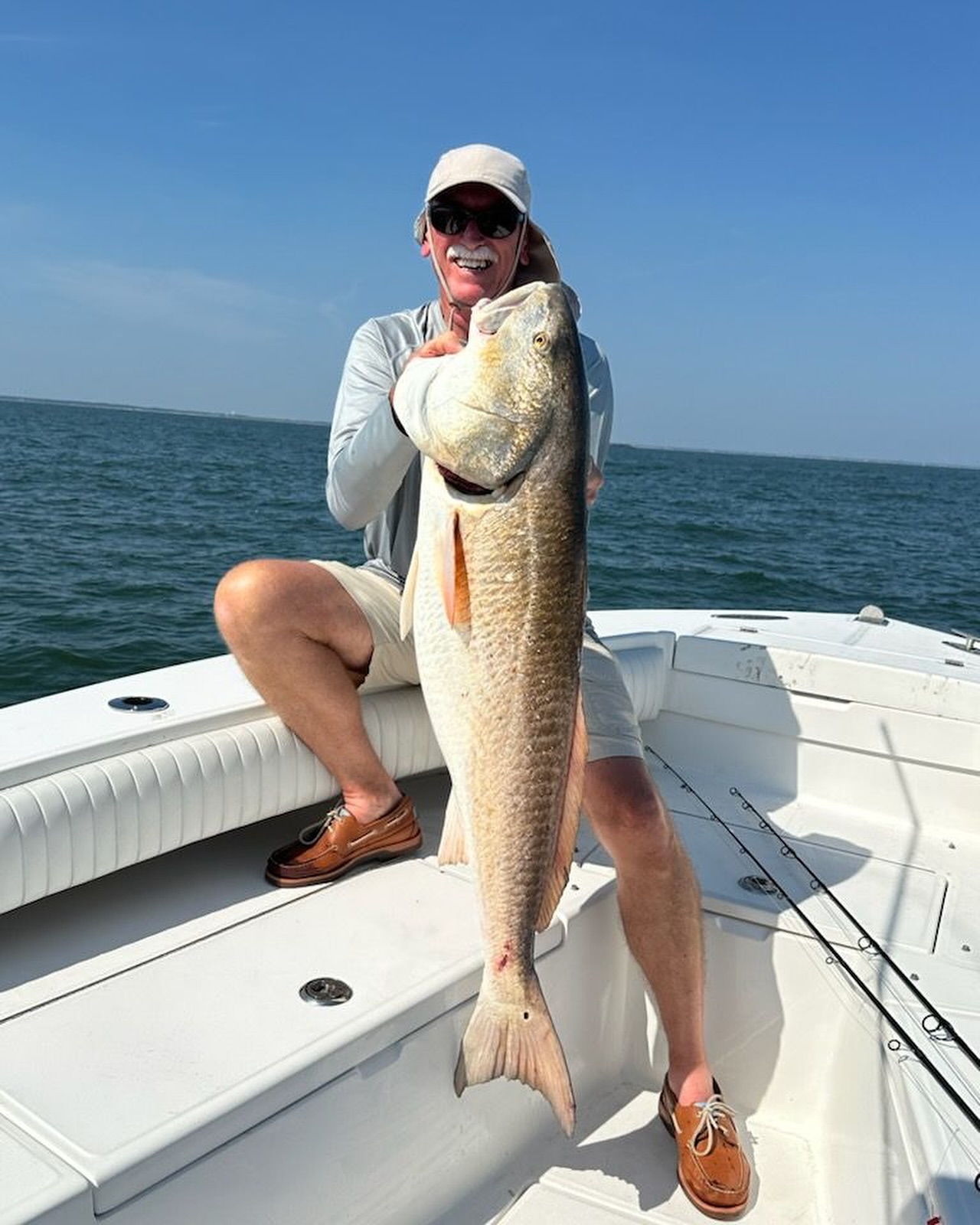
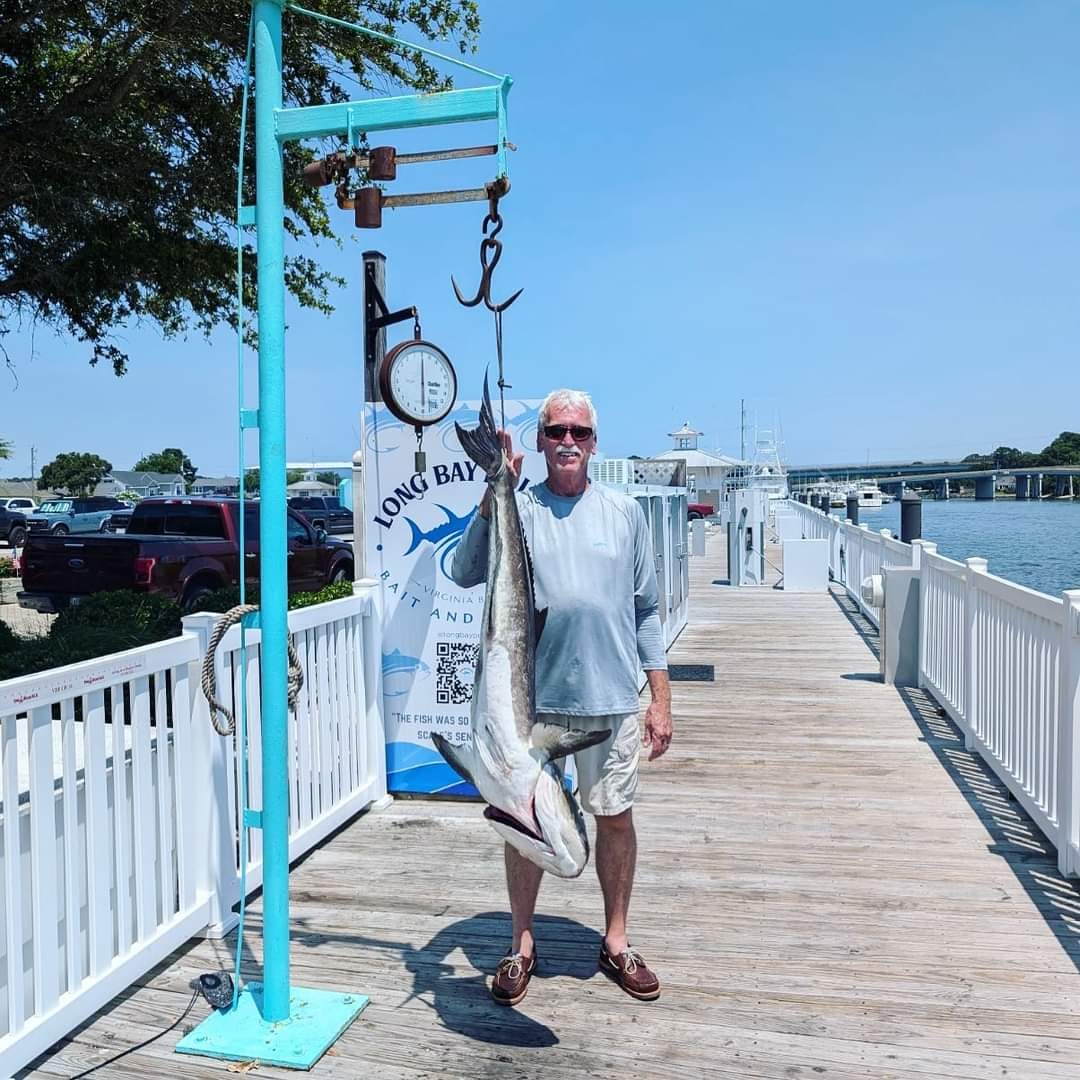
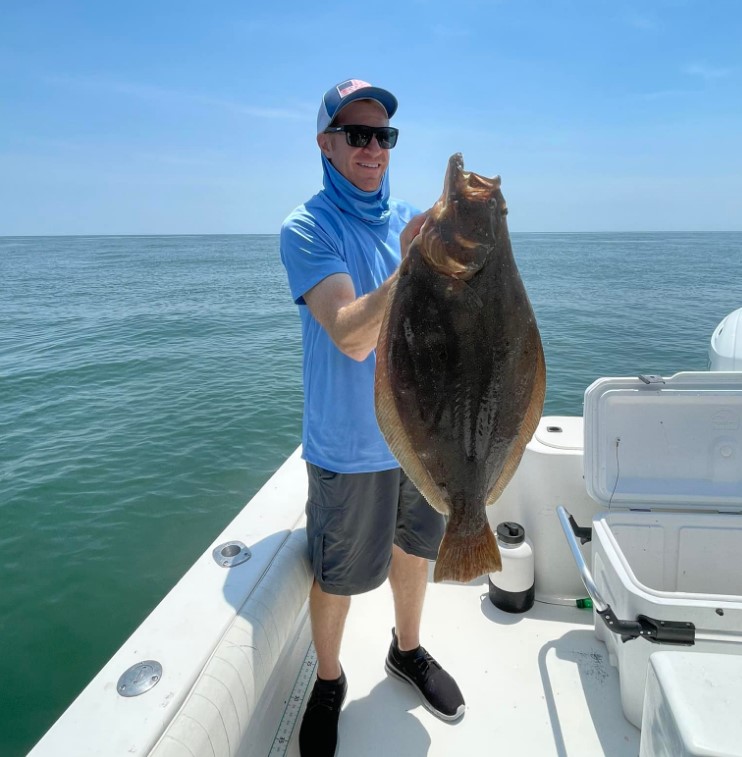
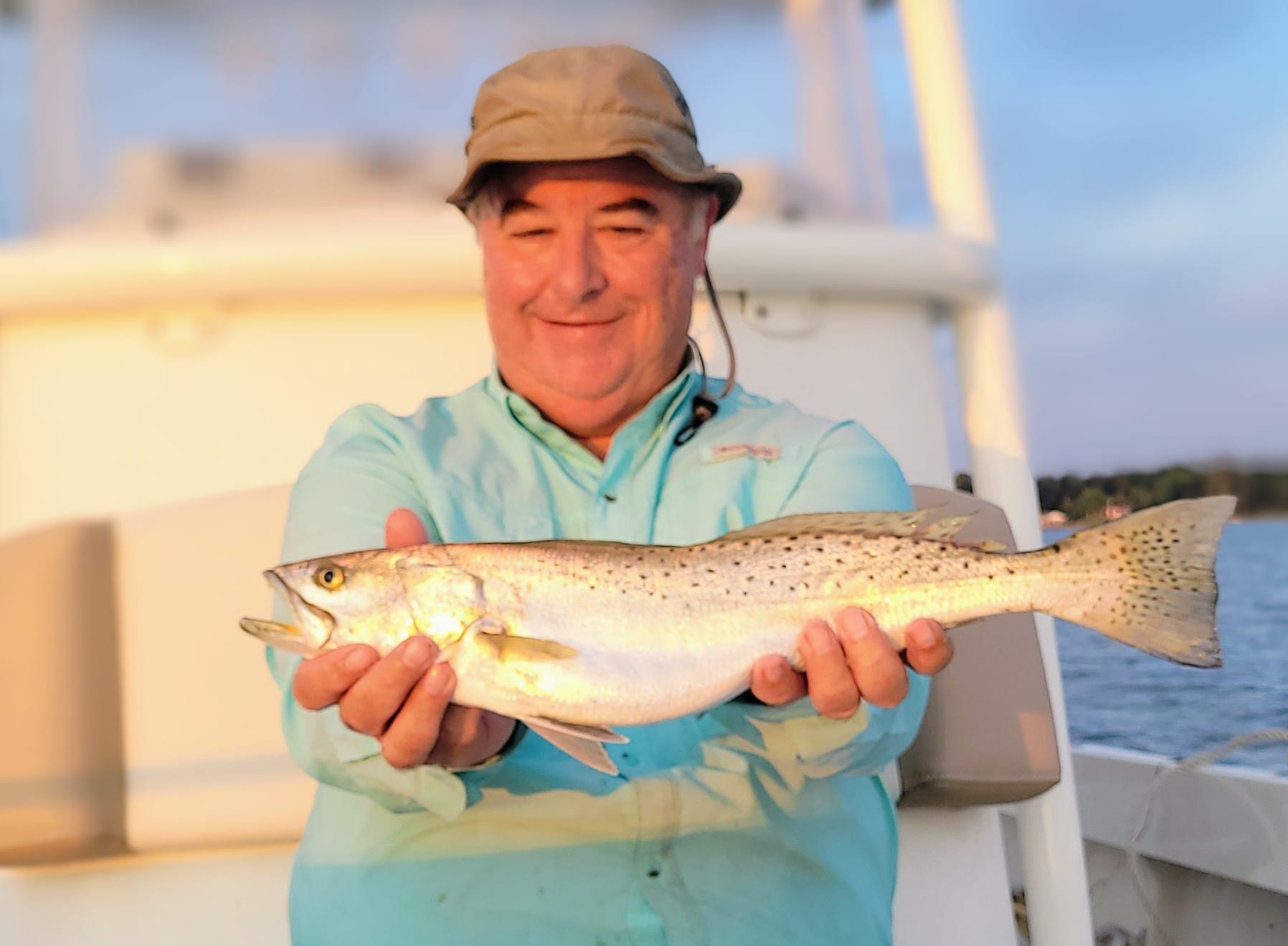





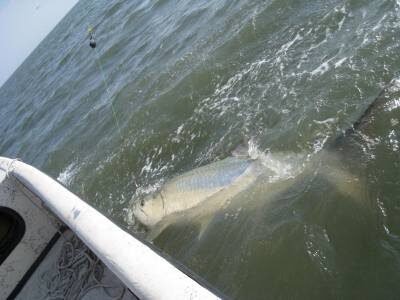
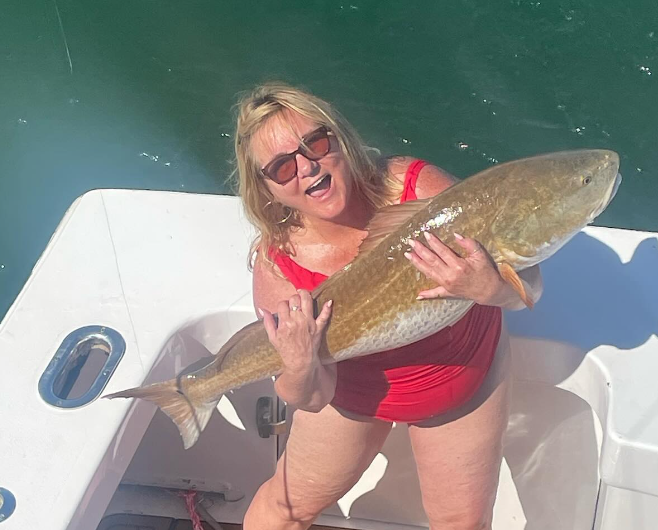
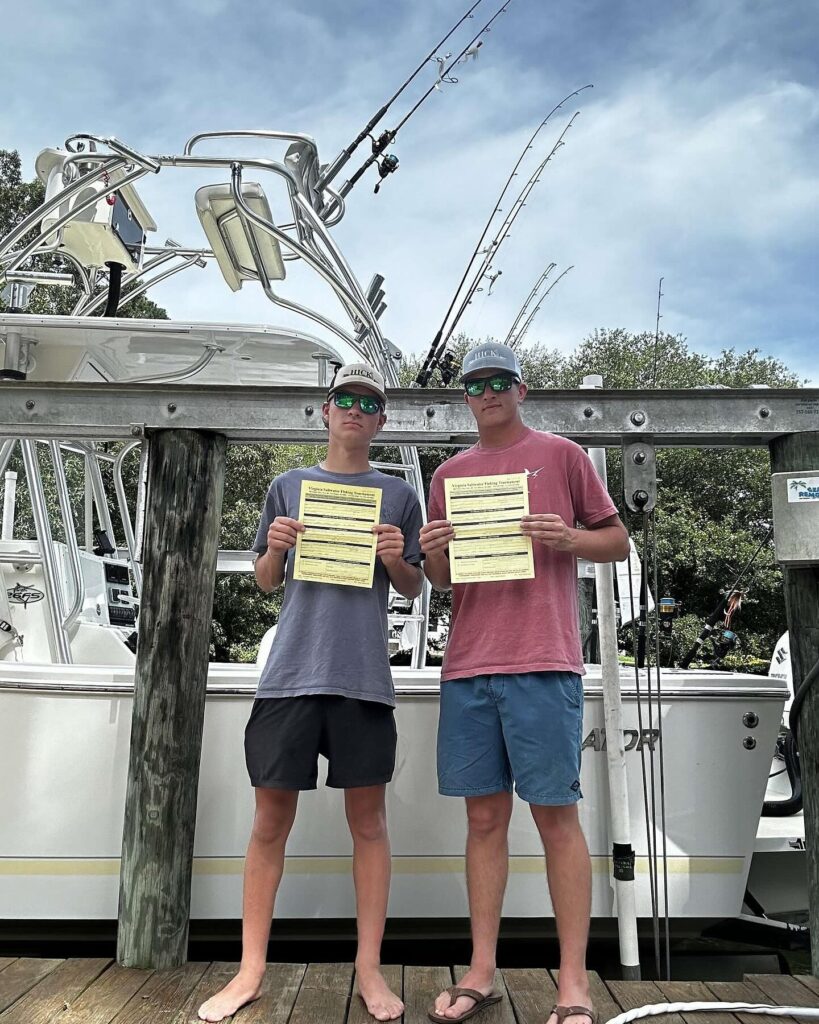
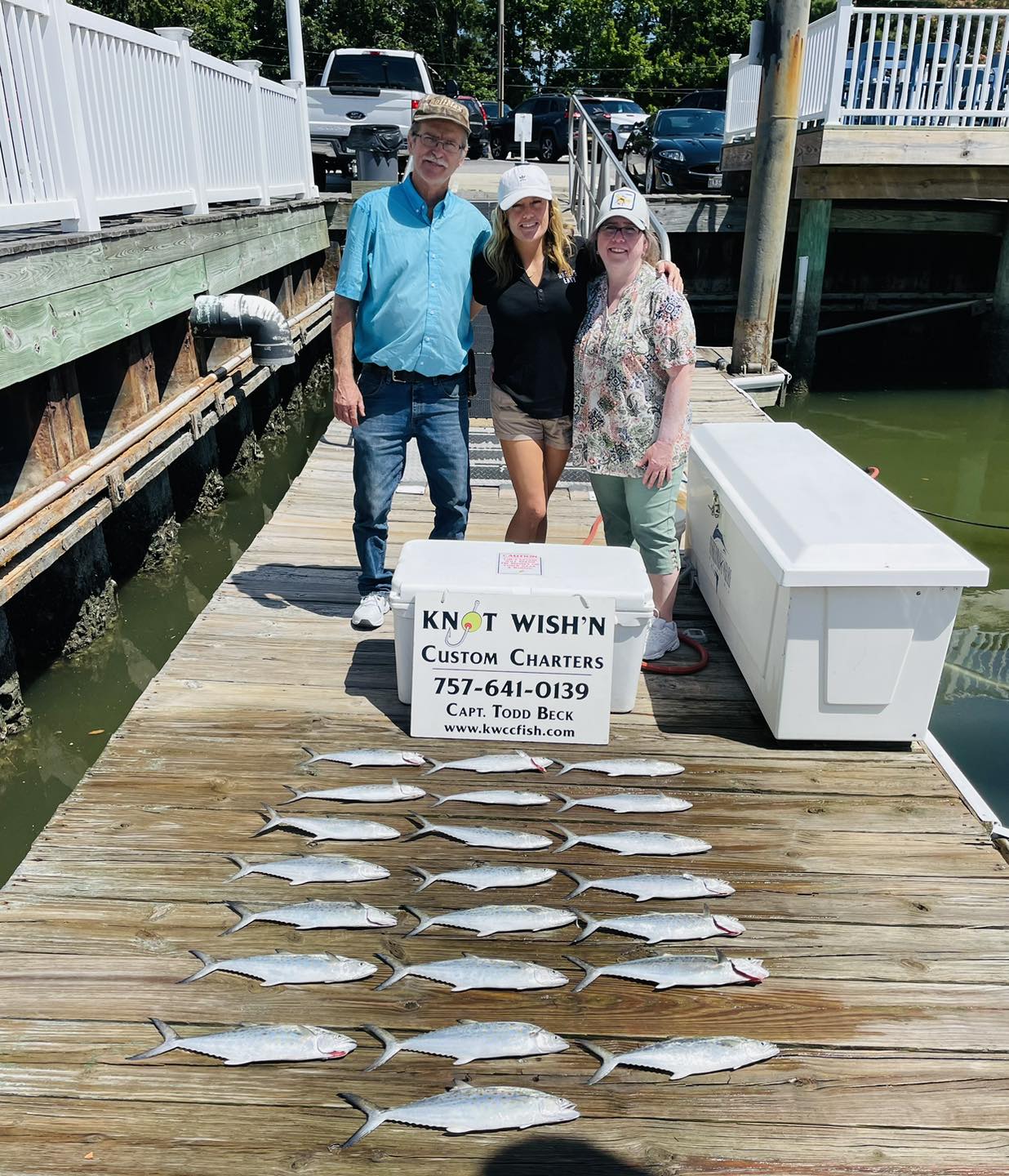
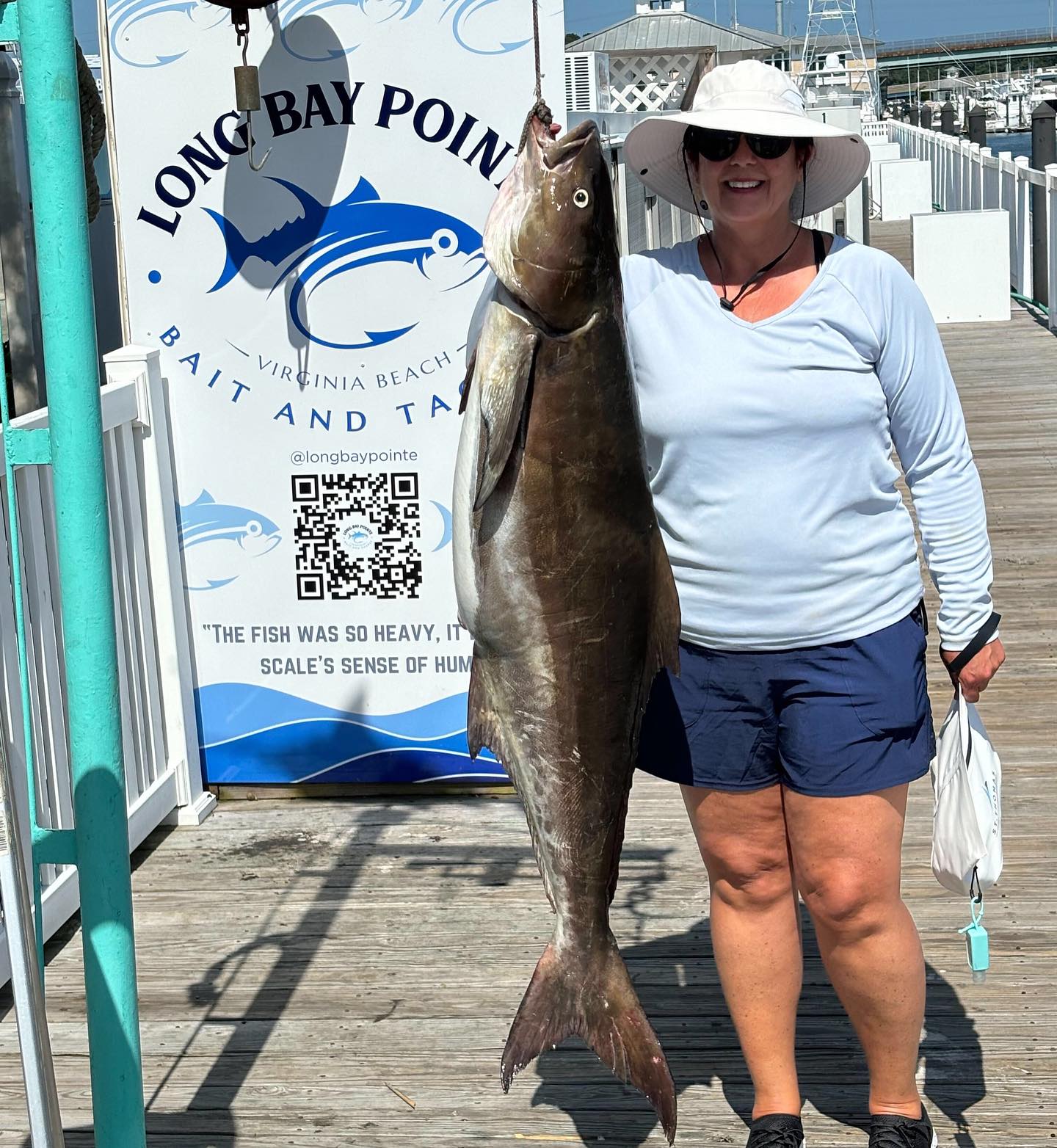
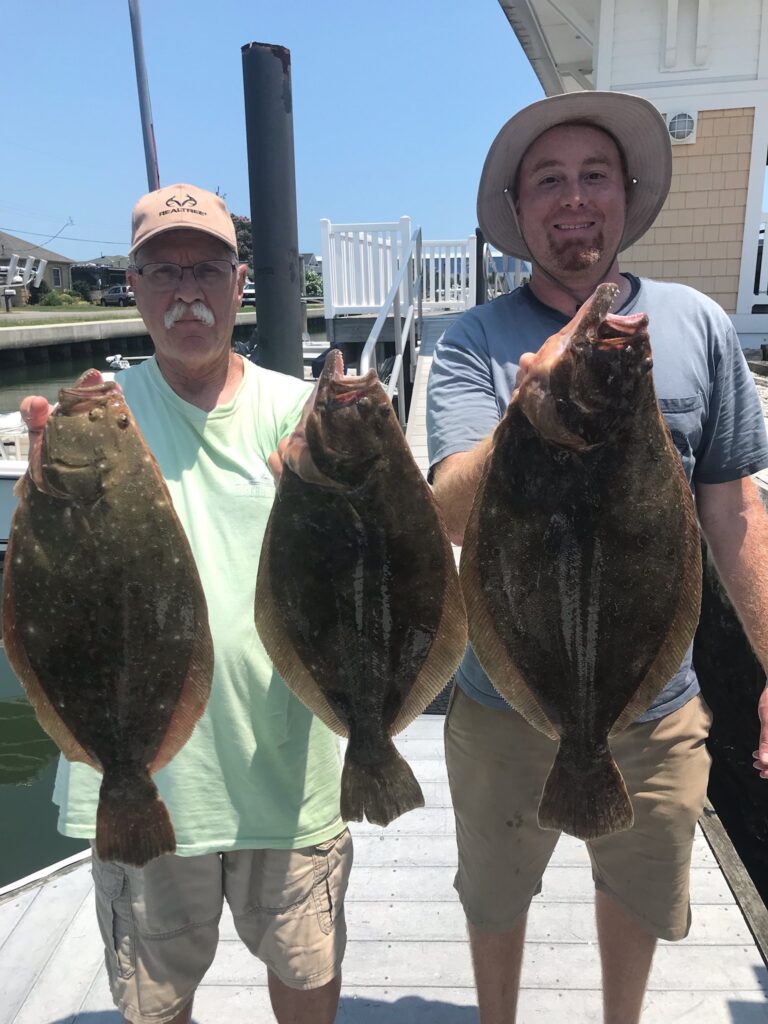
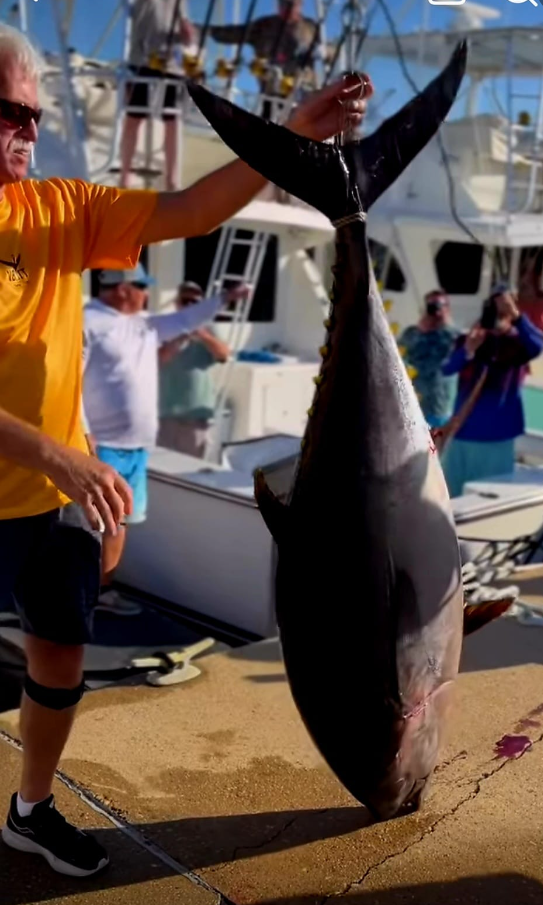
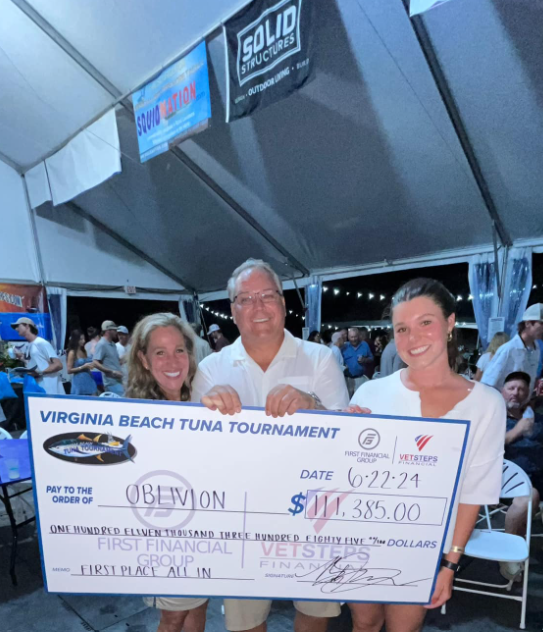
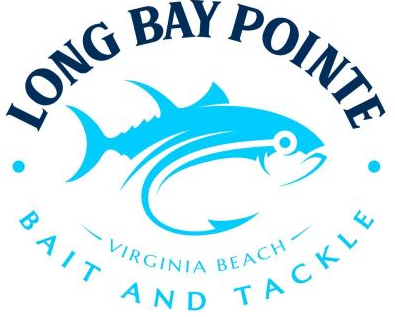

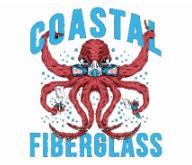

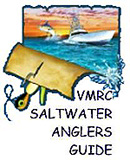




 Views Last 7 days : 1538
Views Last 7 days : 1538 Views Last 30 days : 7256
Views Last 30 days : 7256